If you’ve ever waved a toy or treat in front of your bunny and wondered whether they can actually see the bright colors you're so excited about, you're not alone. Understanding rabbit vision isn't just interesting, it’s also surprisingly useful for pet owners. It can help with everything from selecting toys to setting up their habitat.
Click Here to Shop Rabbit Products.

So let’s take a good look at what’s really going on behind those big, expressive eyes.
Rabbit Vision Basics: What Science Knows
Rabbits don’t see the world the same way humans do. While we have trichromatic vision (meaning we see three primary color wavelengths: red, green, and blue), rabbits are believed to have dichromatic vision. This means they only detect two wavelengths. Think of it like looking through color-filtered glasses that dull certain shades while enhancing others.
Most experts agree that rabbits can see blues and greens fairly well, however, their version of blue and green is most likely different than what humans see. Instead, their retinas are dominated by rods, which are better suited for low light and motion detection than sharp color distinctions.
This makes sense when you consider a rabbit’s natural habitat. These prey animals evolved to spot predators at dawn and dusk, not to admire a rainbow of wildflowers.

Why Knowing What Colours Can Rabbits See Actually Matters
So how does this knowledge change how we care for our pets? Quite a bit, actually. If you're picking out enrichment toys, or habitat accessories, it’s worth knowing what they can actually perceive. Toys in red or orange might appeal to you—but they’re pretty bland to your rabbit.
Instead, opt for shades of blue or green. These are more likely to stand out. That doesn't just make things more visually engaging for your bunny—it can help encourage exploration and activity, which is important for both physical and mental health. Our guide on rabbit behavior highlights the role of environment and stimulation in maintaining a rabbit’s happiness and preventing boredom-driven behaviors like chewing or digging.
How Rabbits Use Sight in the Wild
Wild rabbits use vision differently from humans. Their eyes are located on the sides of their heads, giving them a nearly 360-degree field of view. The trade-off is that they don’t have great depth perception or high-resolution focus in the center of their vision. They rely more on movement detection than detailed visuals.
So while a human might recognize a face across a room, a rabbit will more likely pick up the movement first. It’s one of the reasons you should always approach your bunny gently and avoid sudden gestures.
Practical Tips for Rabbit Owners
Here’s where this information becomes especially helpful. Knowing what colours can rabbits see can help you improve their living space and daily experiences.
-
Choose toys wisely: Look for blues and greens. These colors are more likely to be noticed and interacted with.
-
Design your rabbit’s play area: Try using green fleece or blue tunnels instead of red or yellow ones. There is a chance that your bun might be more interested in investigating their surroundings.
Do All Rabbits See Colours the Same Way?
Just like with humans, individual differences can exist. Age, health conditions, or even eye injuries might change how well a rabbit perceives light and motion. Albino rabbits, in particular, may have slightly altered vision. Because their eyes lack pigment, they can be more sensitive to light and may avoid overly bright environments. That doesn’t necessarily change their color perception, but it can affect their vision compared to other rabbits.

Keep an eye on your rabbit’s behavior. If they seem clumsier than usual or hesitant to explore, it may be worth asking your rabbit-savvy vet to check their eyes.
How Vision Affects Bonding and Communication
Rabbits don’t just use their eyes to spot movement—they use them to read social cues too. Though their color perception is limited, they’re skilled at interpreting body language. That includes subtle changes in posture, ear position, and motion. This means your bunny might respond more to your movement or tone of voice than to colorful cues.
Vision also plays a small role in how rabbits interact with each other. While scent and sound dominate, a rabbit will still notice how its companion moves across a space. If you’re working on bonding, a well-lit space with clearly visible tunnels or hiding spots can help both rabbits feel more confident.
How To Test What Your Rabbit Can See
You don’t need a lab to try this at home. A simple way to test your rabbit’s color preferences is by using toys or objects in different colors. Try lining up identical balls or blocks in red, green, and blue. Watch which one your rabbit investigates first or spends the most time near. You’ll likely see a preference for the blue or green objects over the red ones.
Be sure to switch the objects’ positions each time you test to avoid accidental bias. Also, repeat the test over multiple days. Rabbits have moods just like us, and one test isn’t always enough to prove anything. Still, you might be surprised at how clearly some preferences show up.
Just be careful not to mistake interest in shape or scent for color preference. Keep all other variables the same, and you’ll get closer to figuring out what stands out visually to your bunny.
Night Vision: Seeing in the Dark
One place rabbits do beat us is in low-light vision. Thanks to a high ratio of rod cells in their eyes, they can see far better than humans at dawn, dusk, and nighttime. This is tied to their “crepuscular” nature—meaning they’re most active during twilight hours.
So while your rabbit might not be able to see the color red, they can certainly spot you moving at the other end of a dark room.
Because of their sensitive night vision, you don’t need to leave lights on for them. In fact, doing so might disrupt their natural rhythms. A quiet, dark space where they can feel safe and rest when they would like.
Tips for Creating a Vision-Friendly Habitat

Now that you know what colours can rabbits see and how they see, here are a few tips to make your bunny’s space easier on their eyes and more fun for them to explore:
-
Use color they can see: Stick to cool tones like blue and green for toys, blankets, and tunnels.
-
Avoid overly bright lighting: Natural lighting is ideal. If your space is very sunny, provide shaded areas using fleece or cardboard.
-
Use contrast: Light-colored objects on darker surfaces (or vice versa) are easier for them to identify by shape and shade.
-
Keep scent in mind: Scent and texture matter just as much as visual cues, so offer a variety of safe materials like willow sticks, hay mats, and cardboard hideouts.
For more advice on safe and engaging habitats, check out our blog on Best Rabbit Habitat Setup. It dives into the must-haves for a cozy bunny home.
Color Myths: Debunking Common Beliefs
There’s a persistent myth that rabbits are colorblind. That’s not quite right. While they can’t see the full color spectrum, they definitely aren’t seeing the world in black and white. Their vision is more like watching life through a slightly muted filter—similar to a human with red-green color blindness.
Another myth? That red objects are scary to rabbits. The truth is, they probably can’t see them well enough to care. But the shape, movement, or scent of a red toy could still be unsettling. It’s not about the color itself—it’s about what else the object is doing in their space.
Stick with what works. Observe how your rabbit behaves around different stimuli. You’ll start to build a mental map of what helps them feel secure and curious—and what makes them cautious or overwhelmed.
Summary and Takeaways
We may never fully understand the world through our rabbits’ eyes, but science gives us some strong clues. And more importantly, knowing what colours can rabbits see helps us become better caretakers.
-
Rabbits have dichromatic vision. They see blues and greens but likely can't distinguish reds or pinks.
-
They rely more on motion and contrast than color detail, especially in dim light.
-
You can enhance their environment by using visually engaging items in blue and green tones.
When you work with their natural abilities—instead of against them—you build a stronger bond and a more enriching life for your furry companion. Their world may be a little less colorful than yours, but it doesn’t mean it’s any less vivid where it counts.
Final Thoughts
While the color spectrum your bunny experiences may seem muted to us, it’s perfectly tuned for their needs. Evolution gave them exactly the vision required to stay safe, spot movement, and adapt to their surroundings. Your job as their caretaker? Respect it, work with it, and keep things interesting—no matter the color.
Now that you know what colours can rabbits see, try swapping out some of their toys for ones in blue or green. Observe what catches their attention and use that to guide your next habitat update or playtime plan. The more you notice about their preferences, the more you’ll understand their unique little world.
And really, that’s what being a rabbit owner is all about: noticing the details, respecting their instincts, and doing our best to meet them on their level—even when it’s in shades of blue and green.











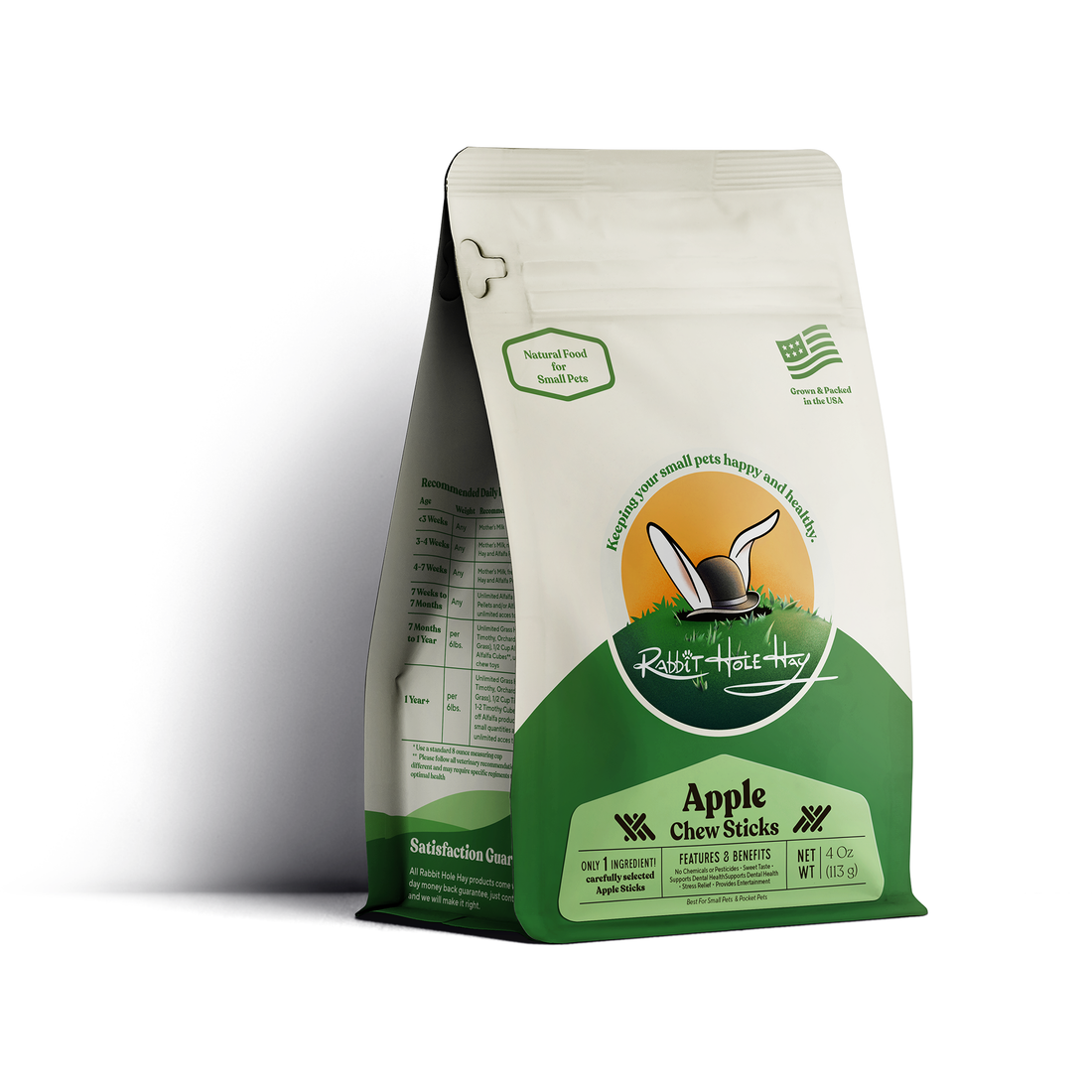

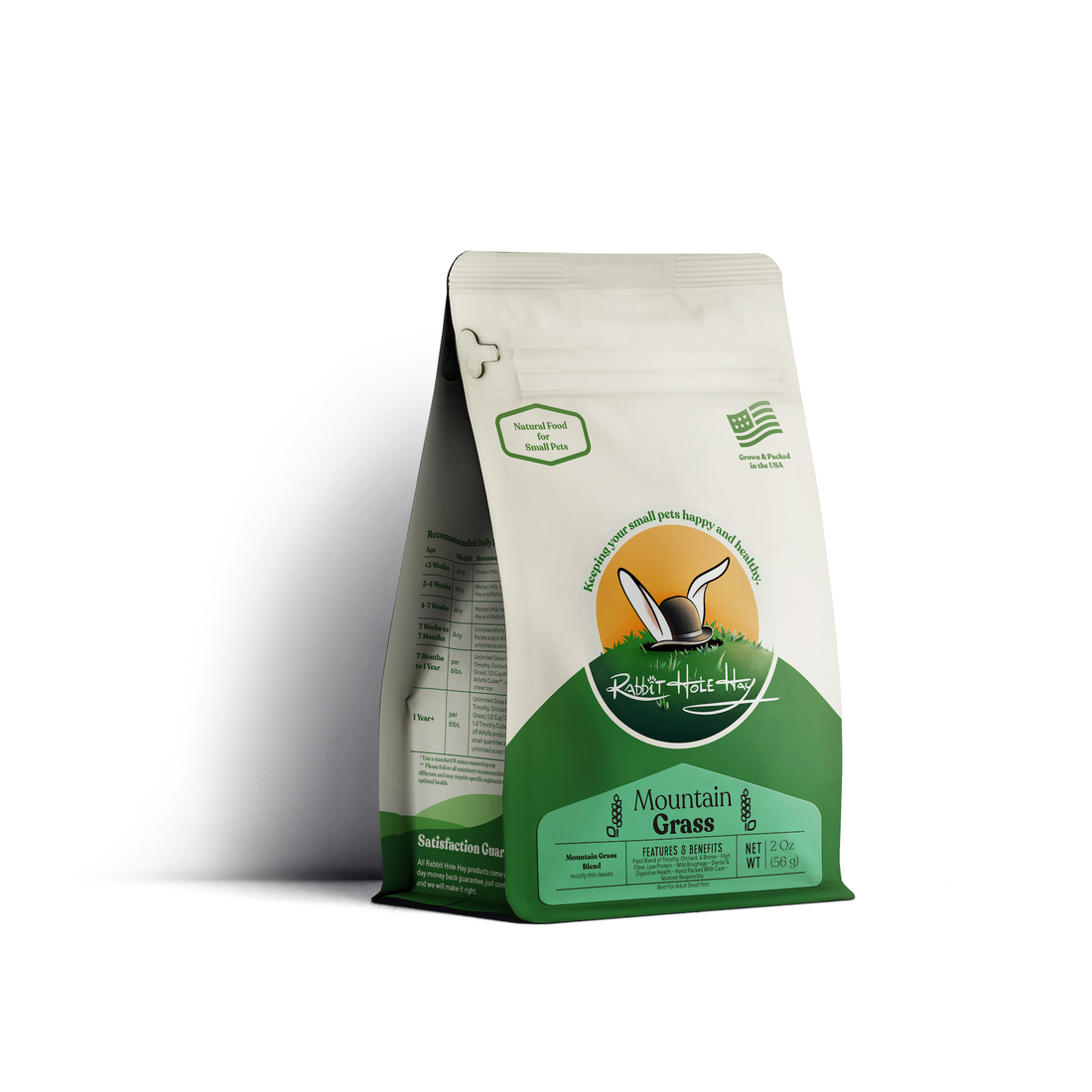

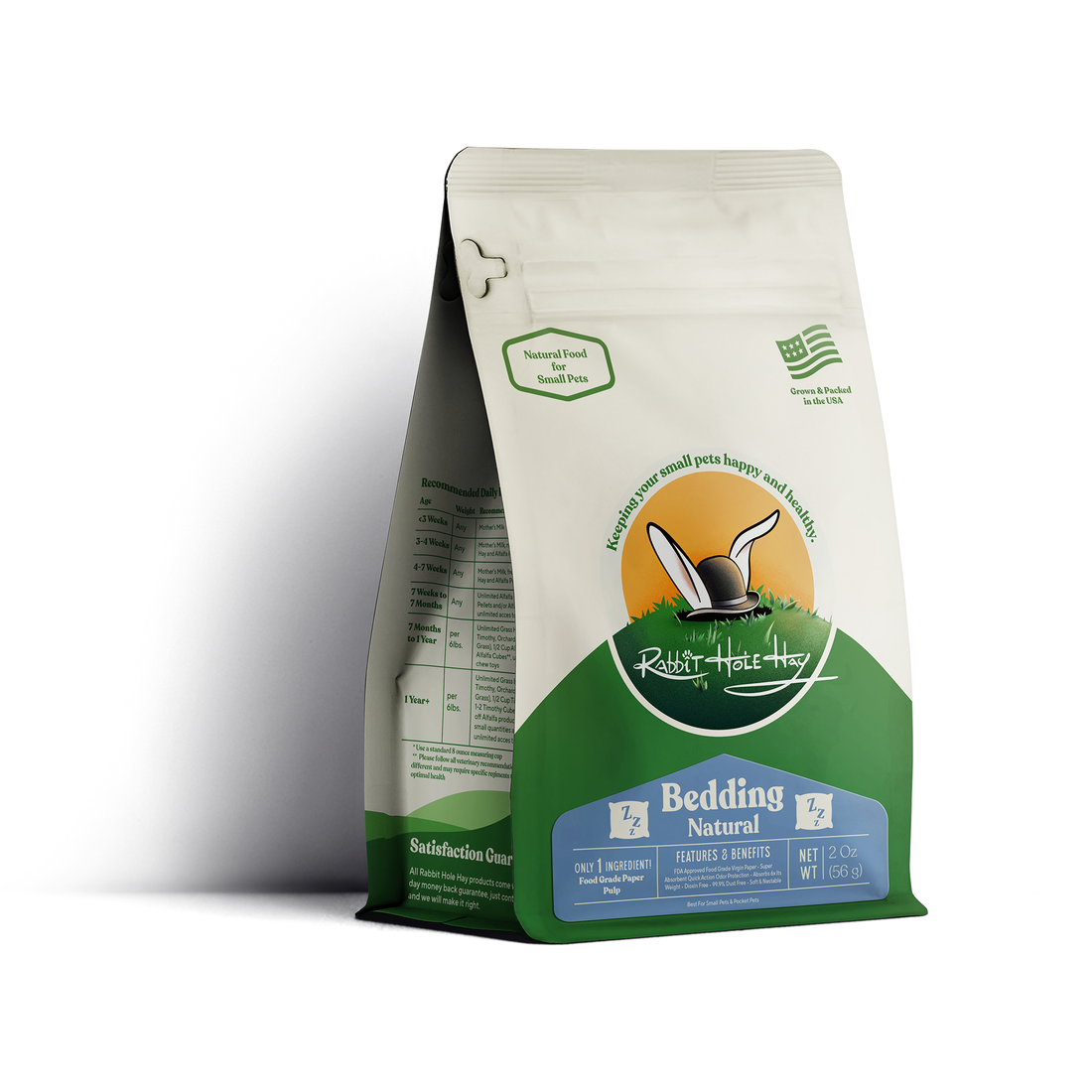





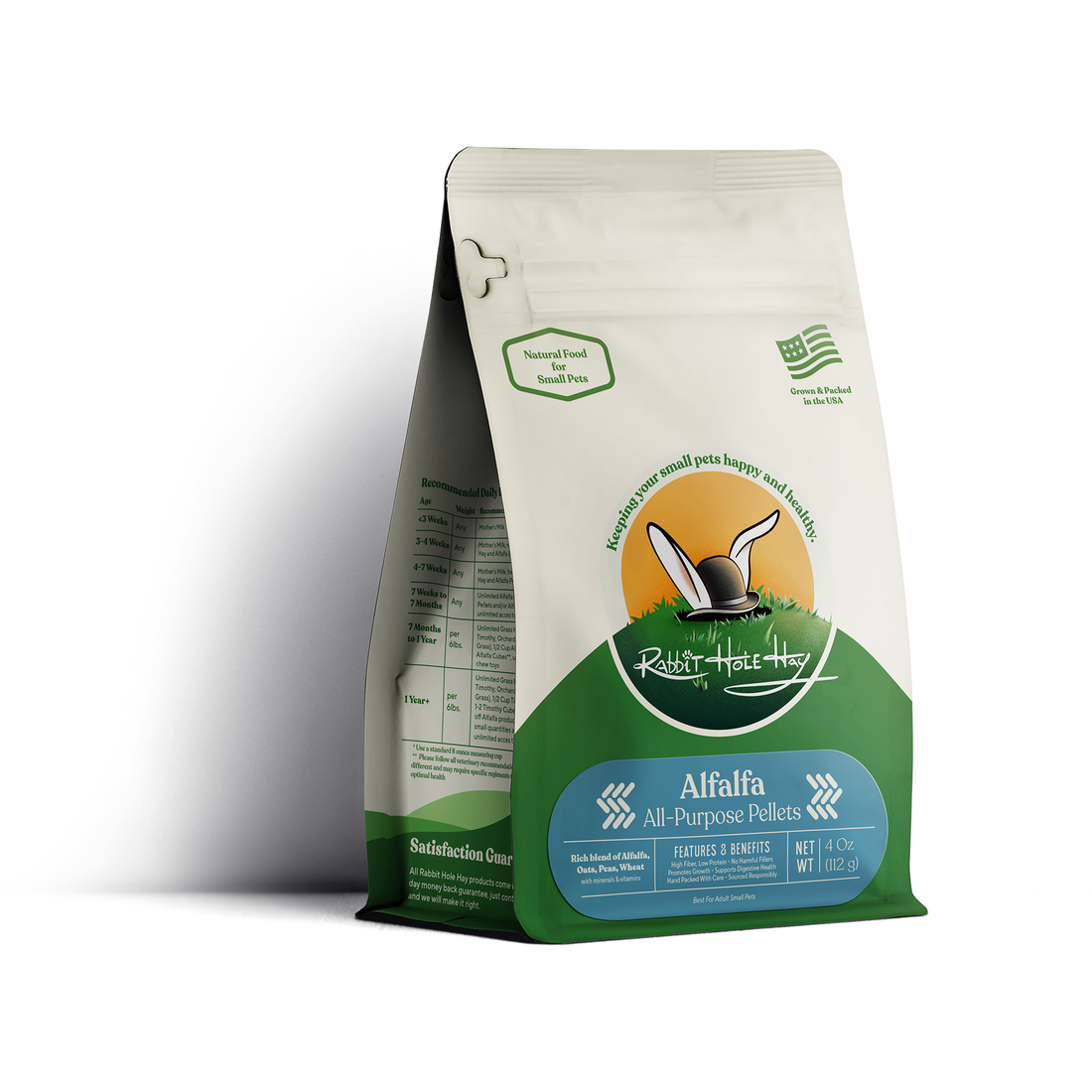

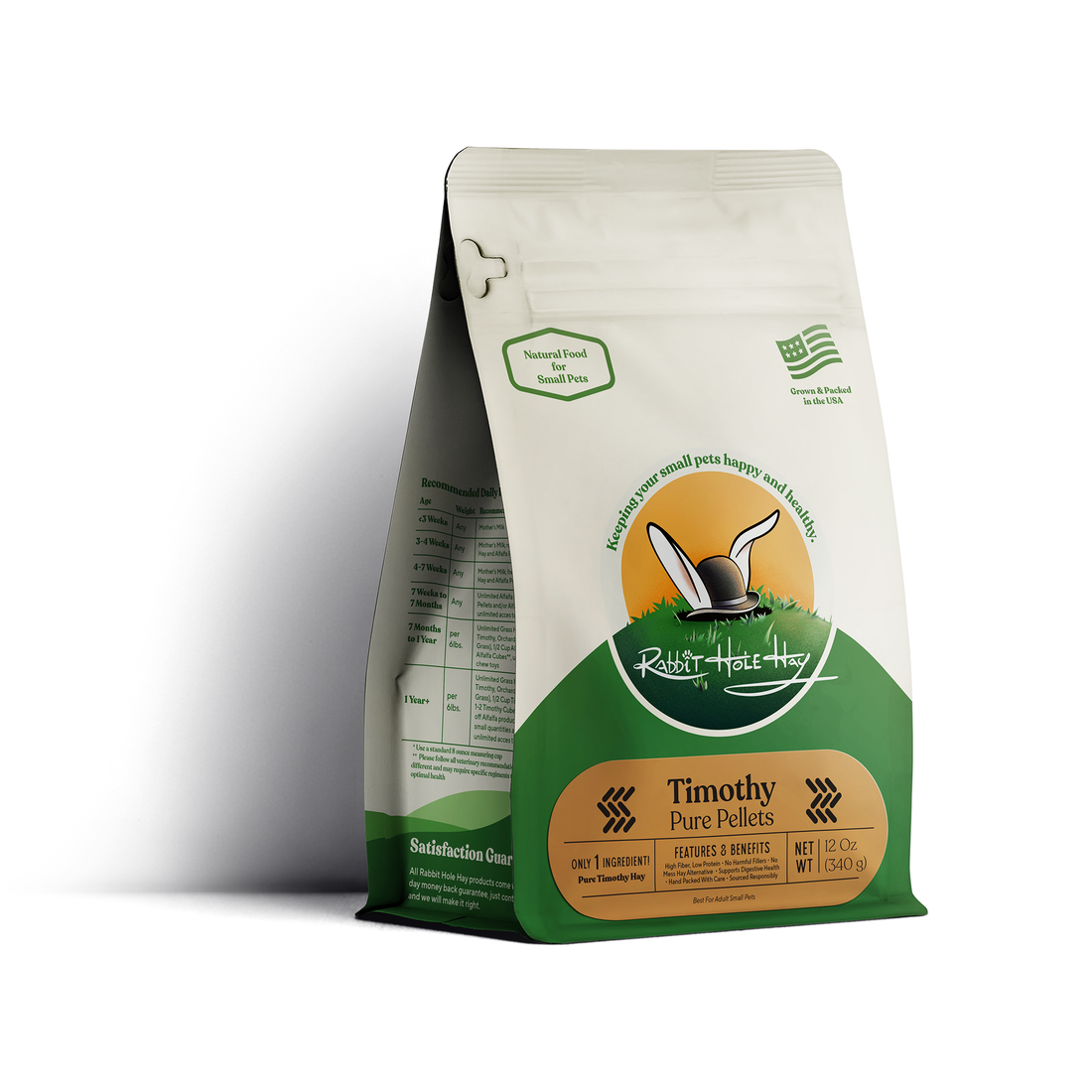







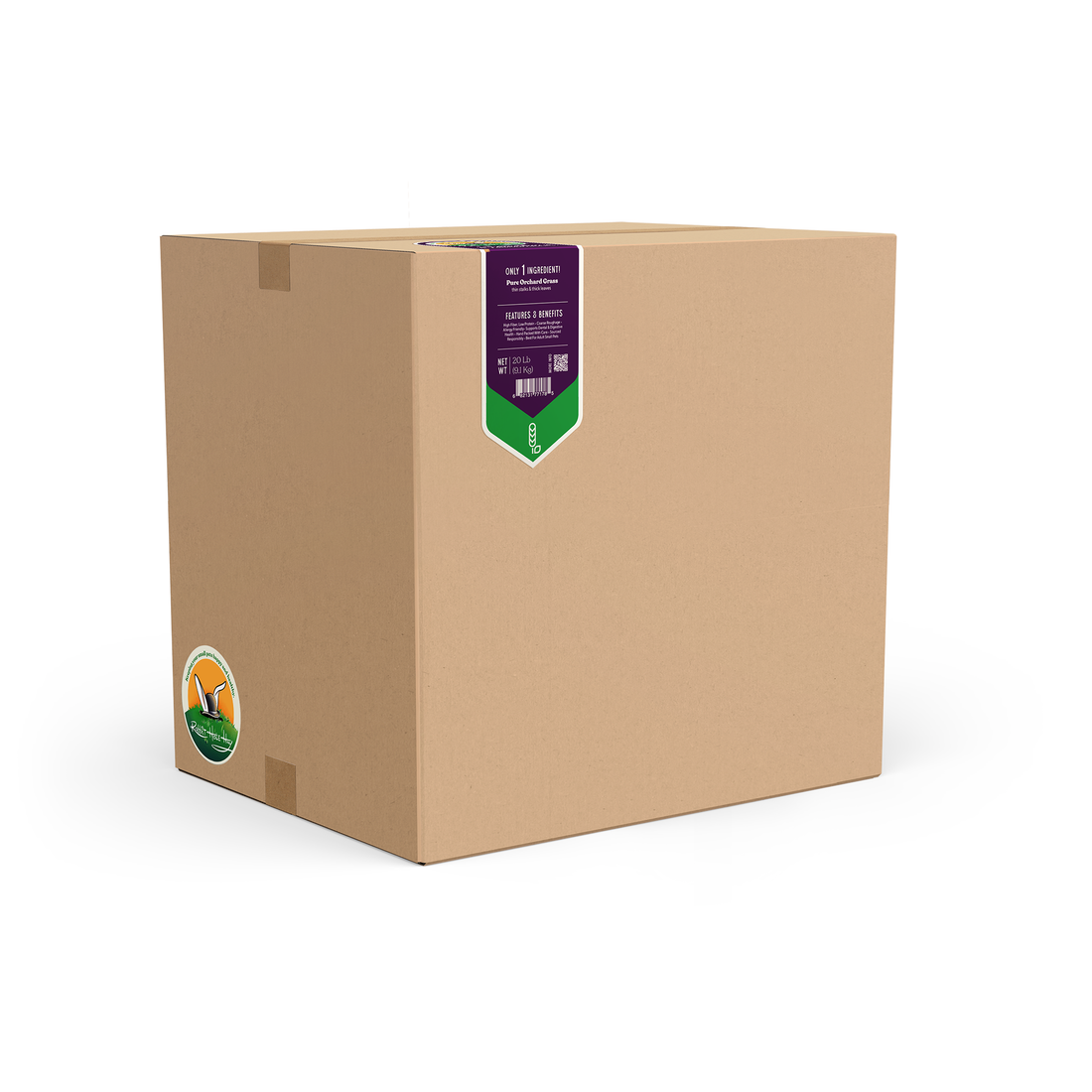
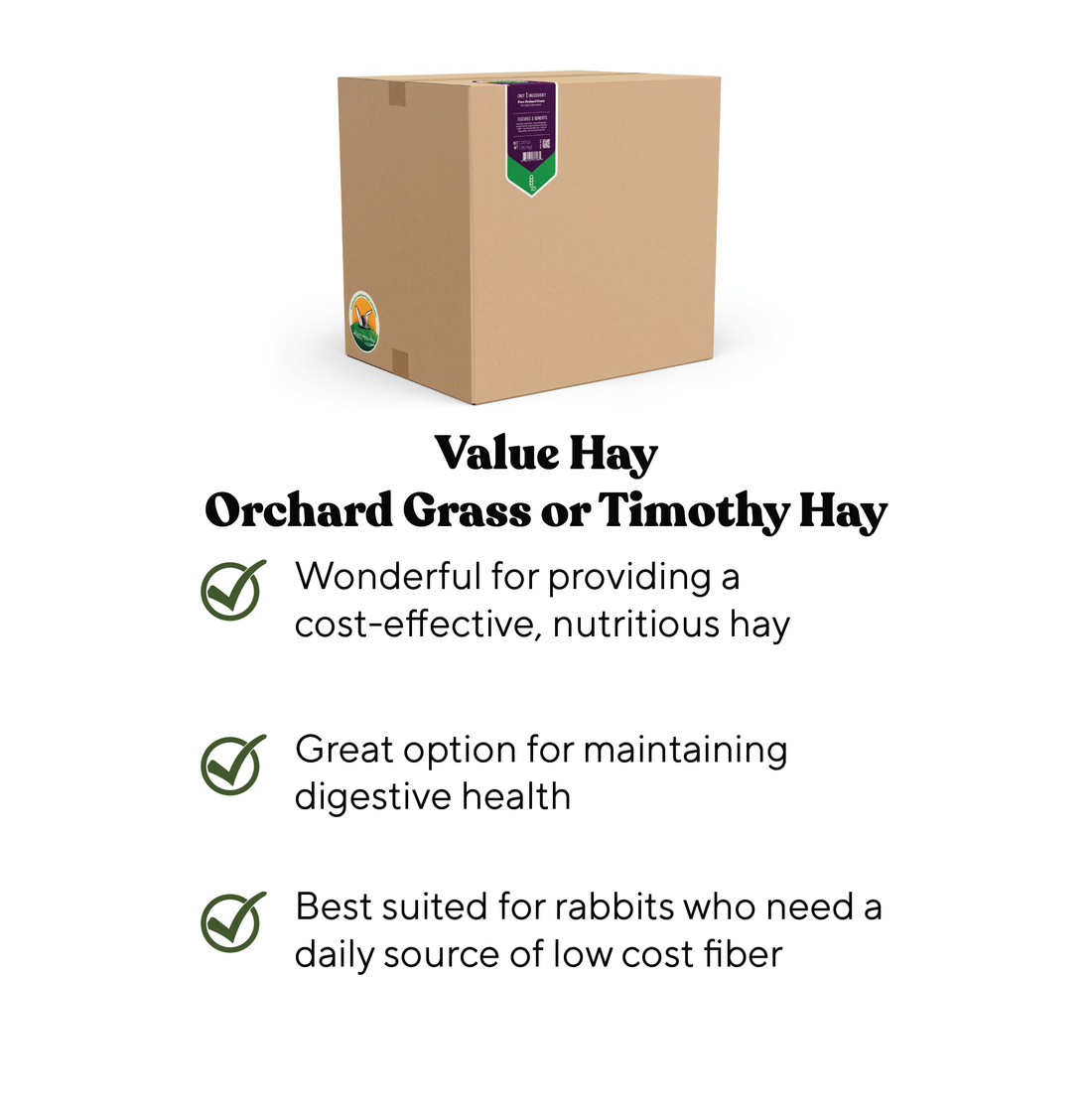


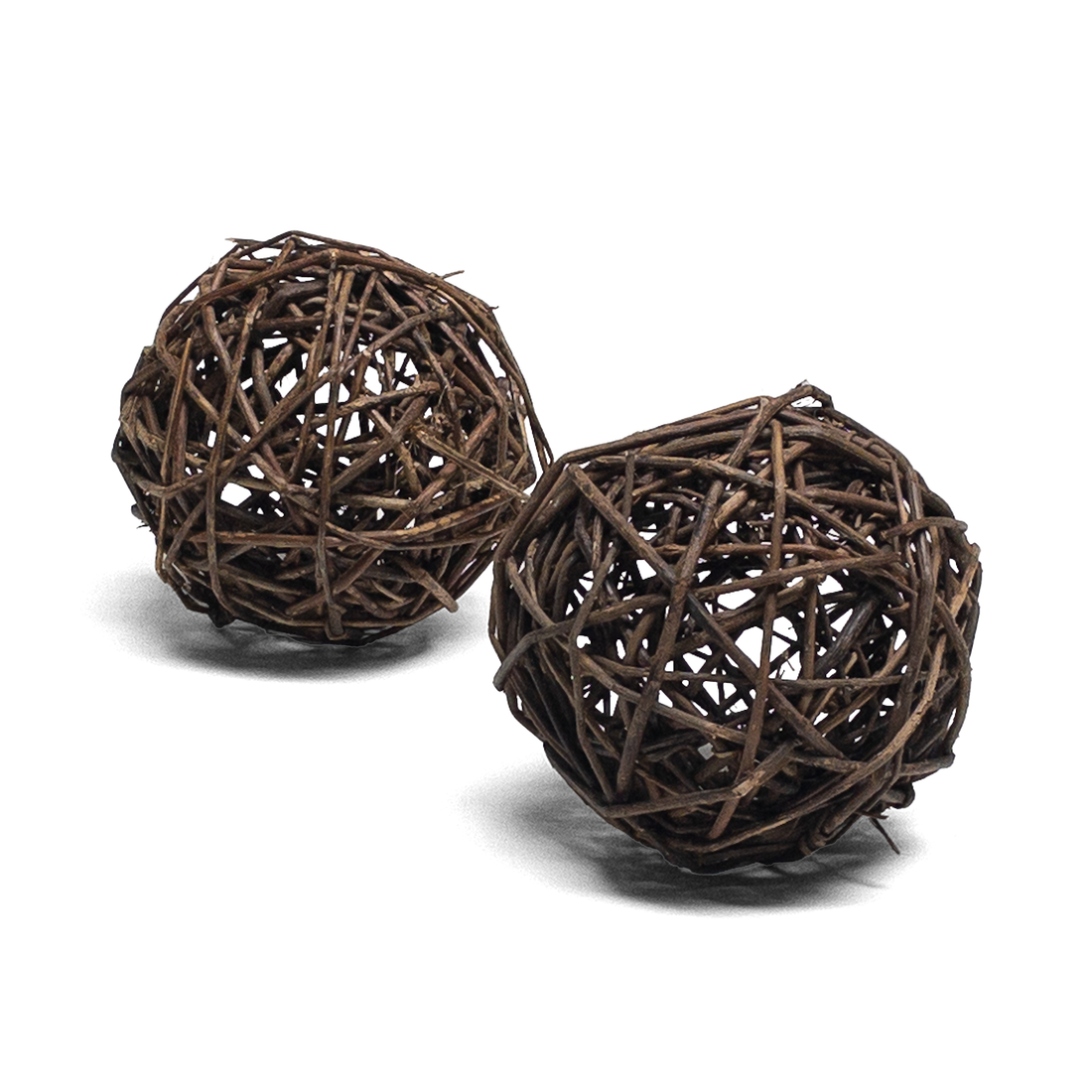



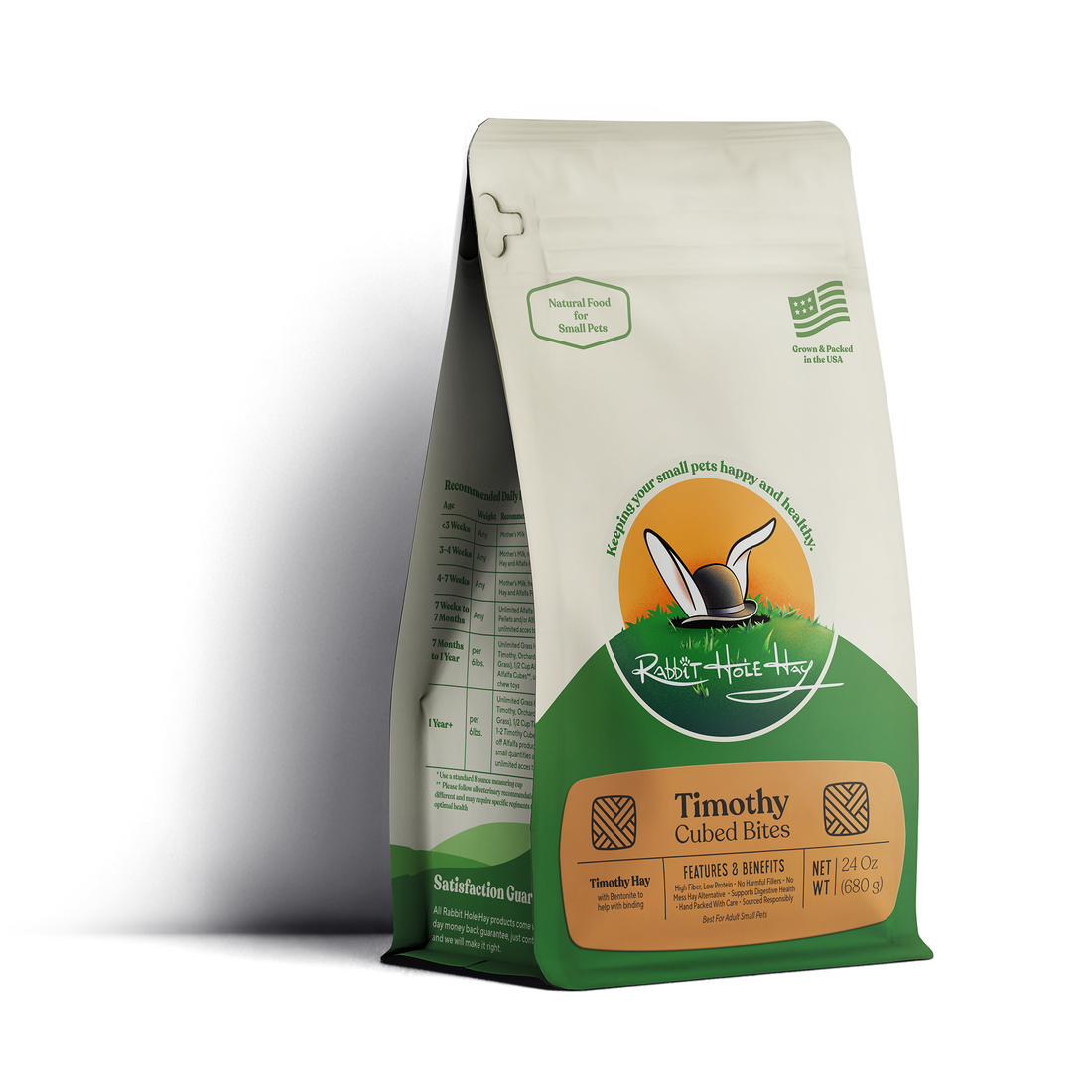

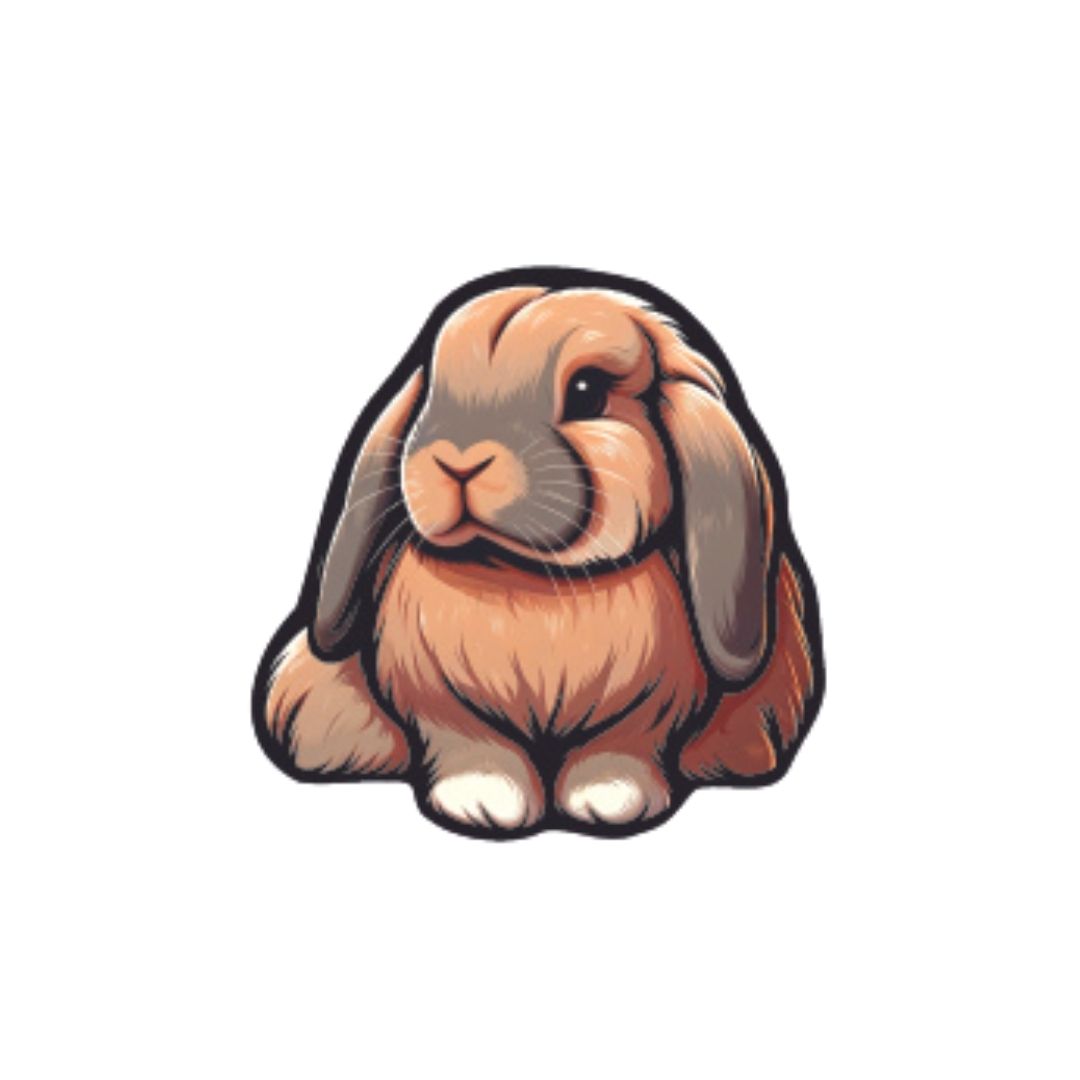
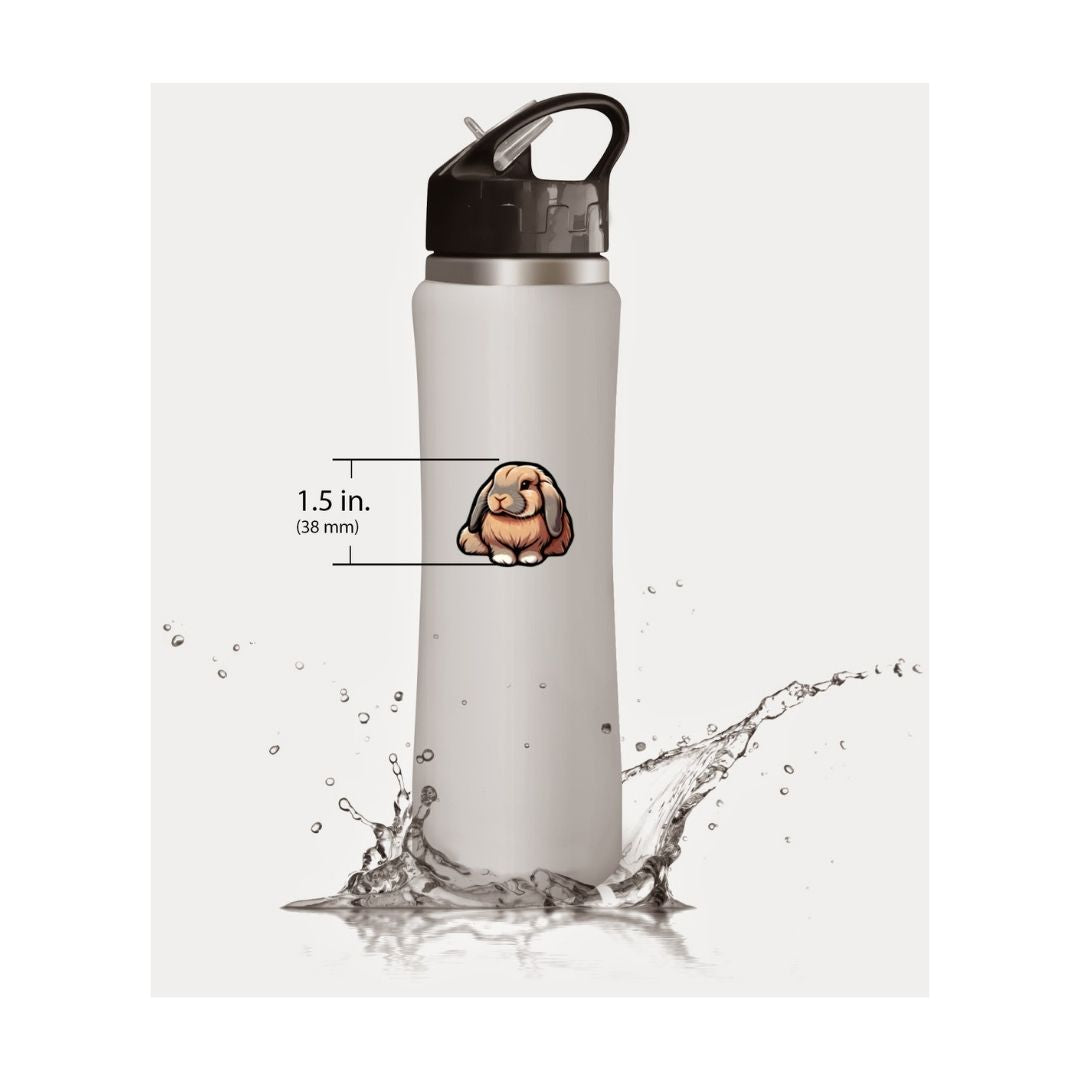

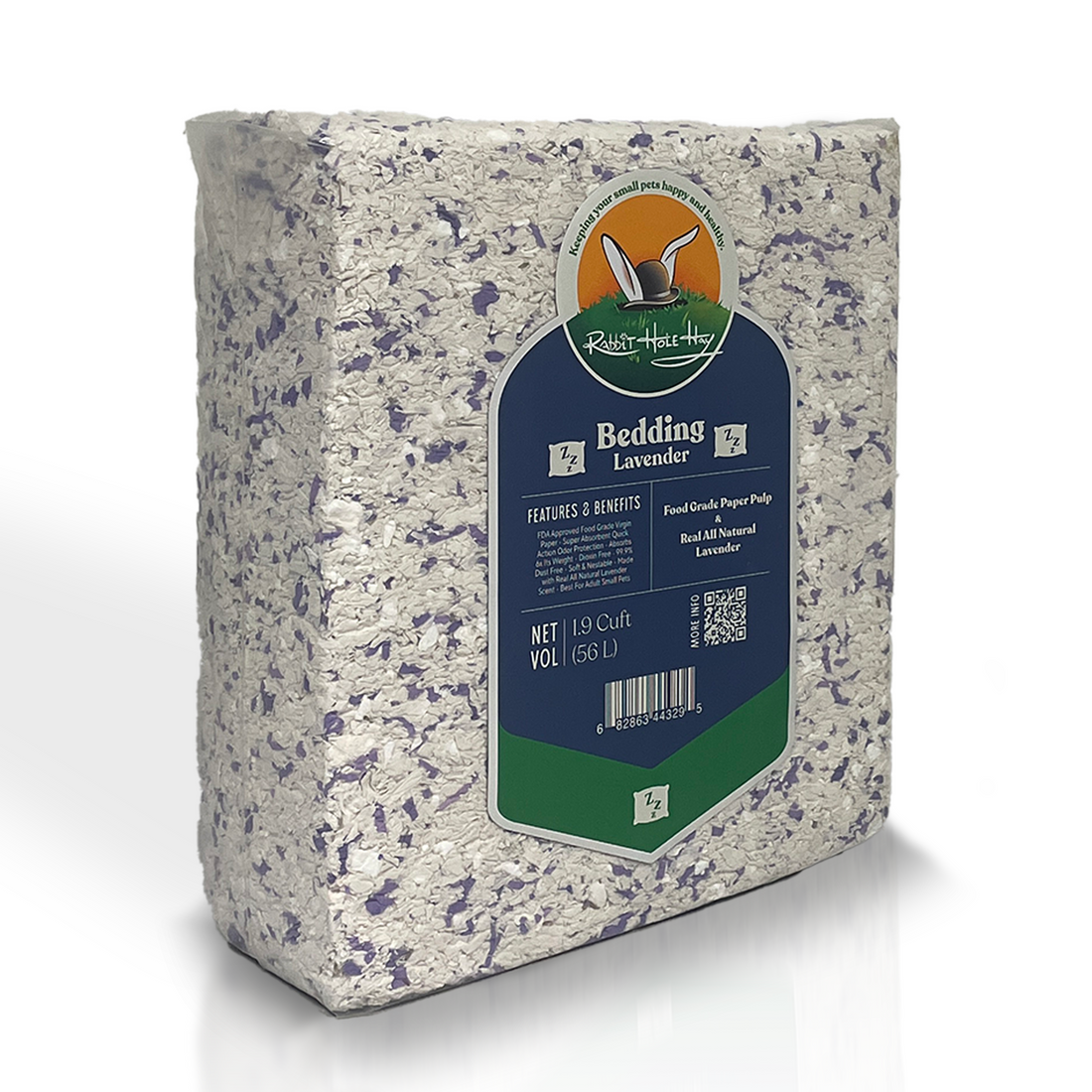



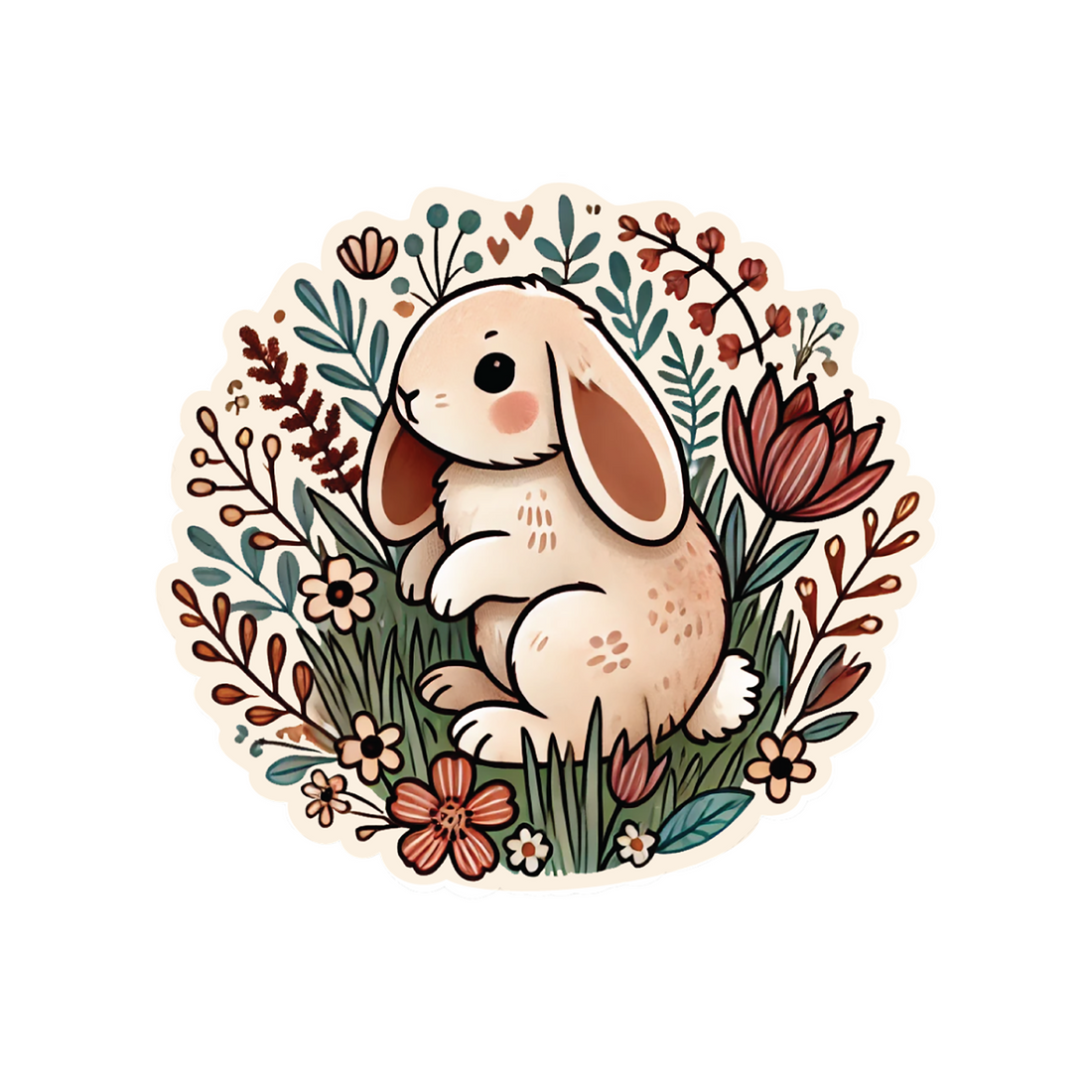
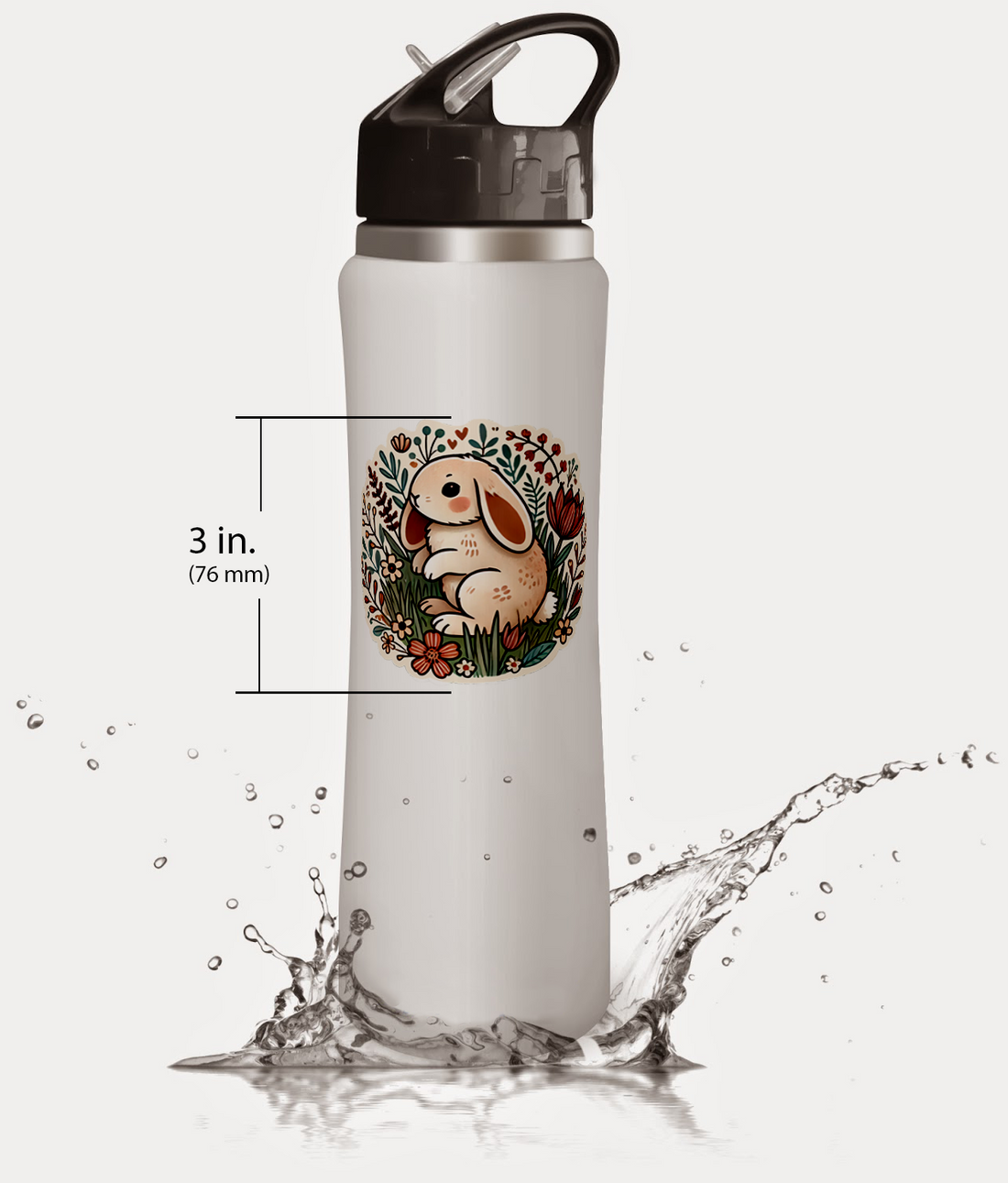
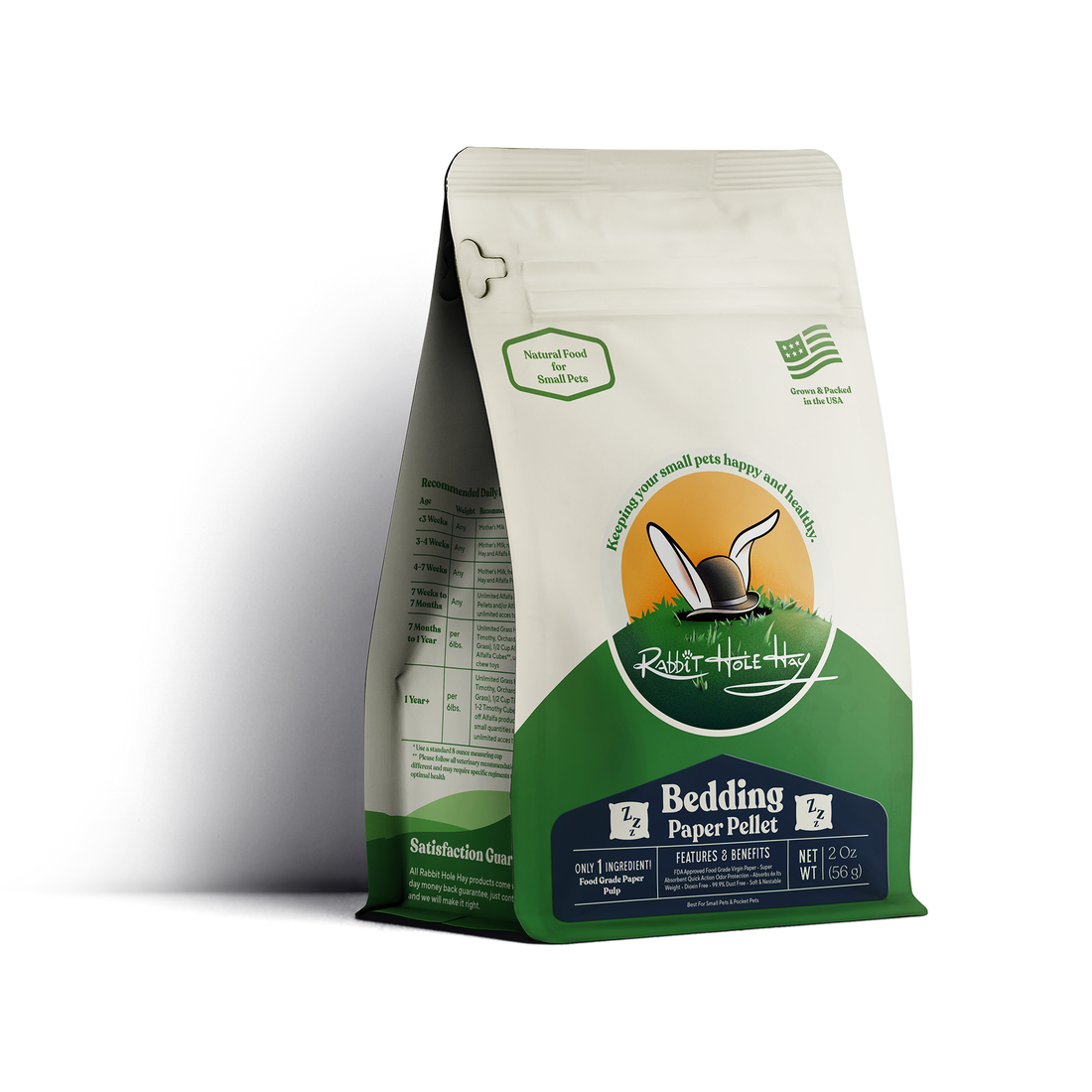


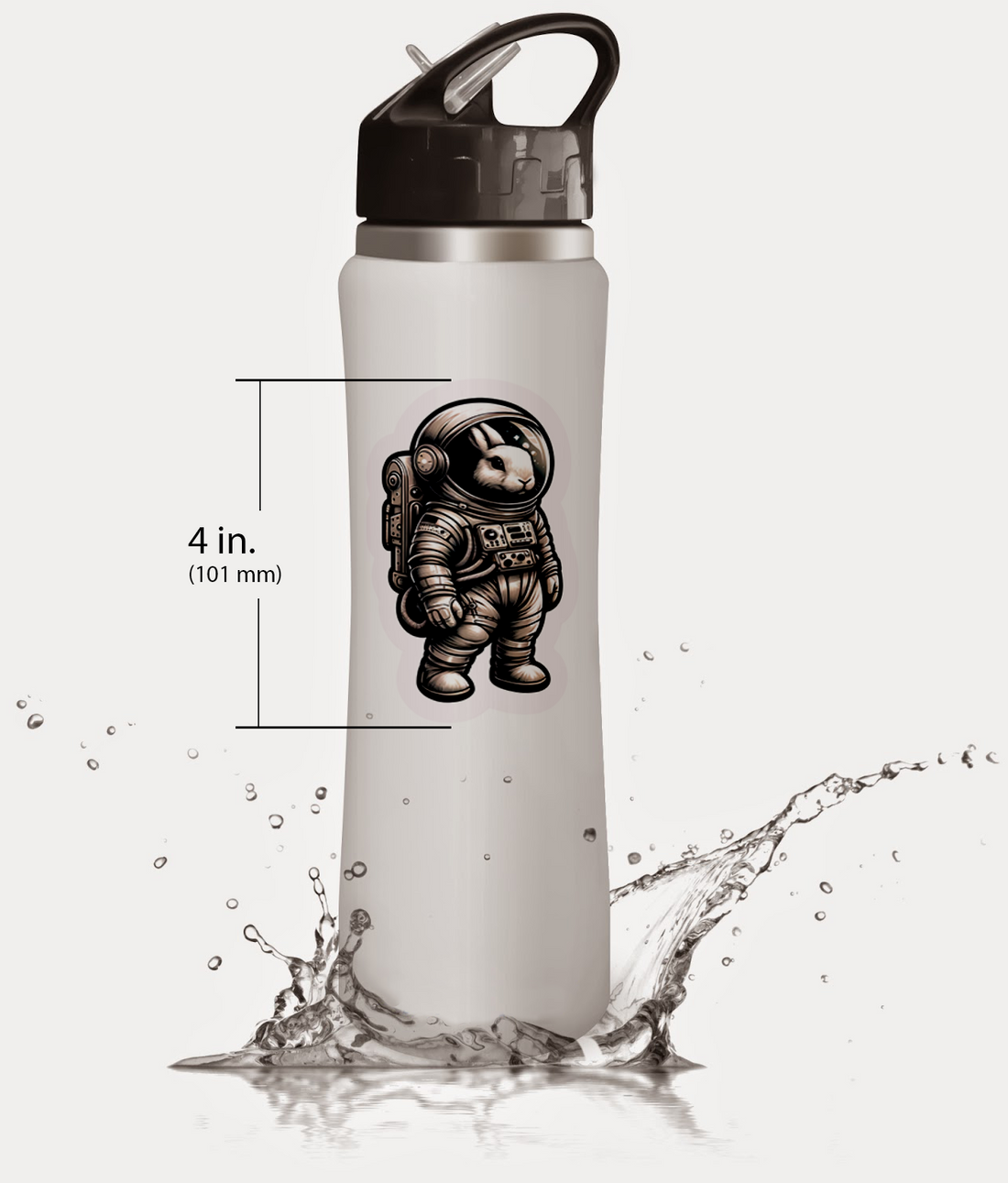
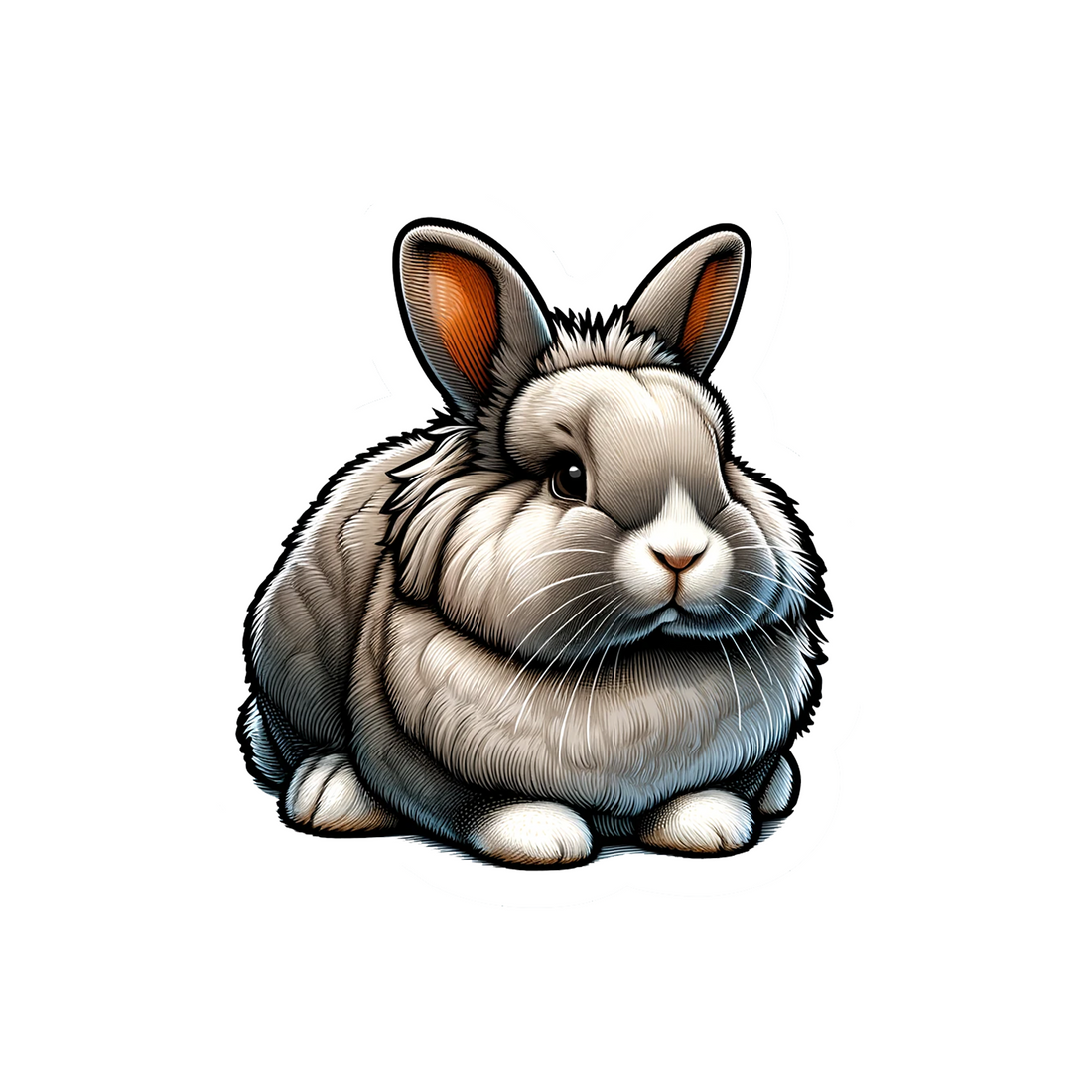
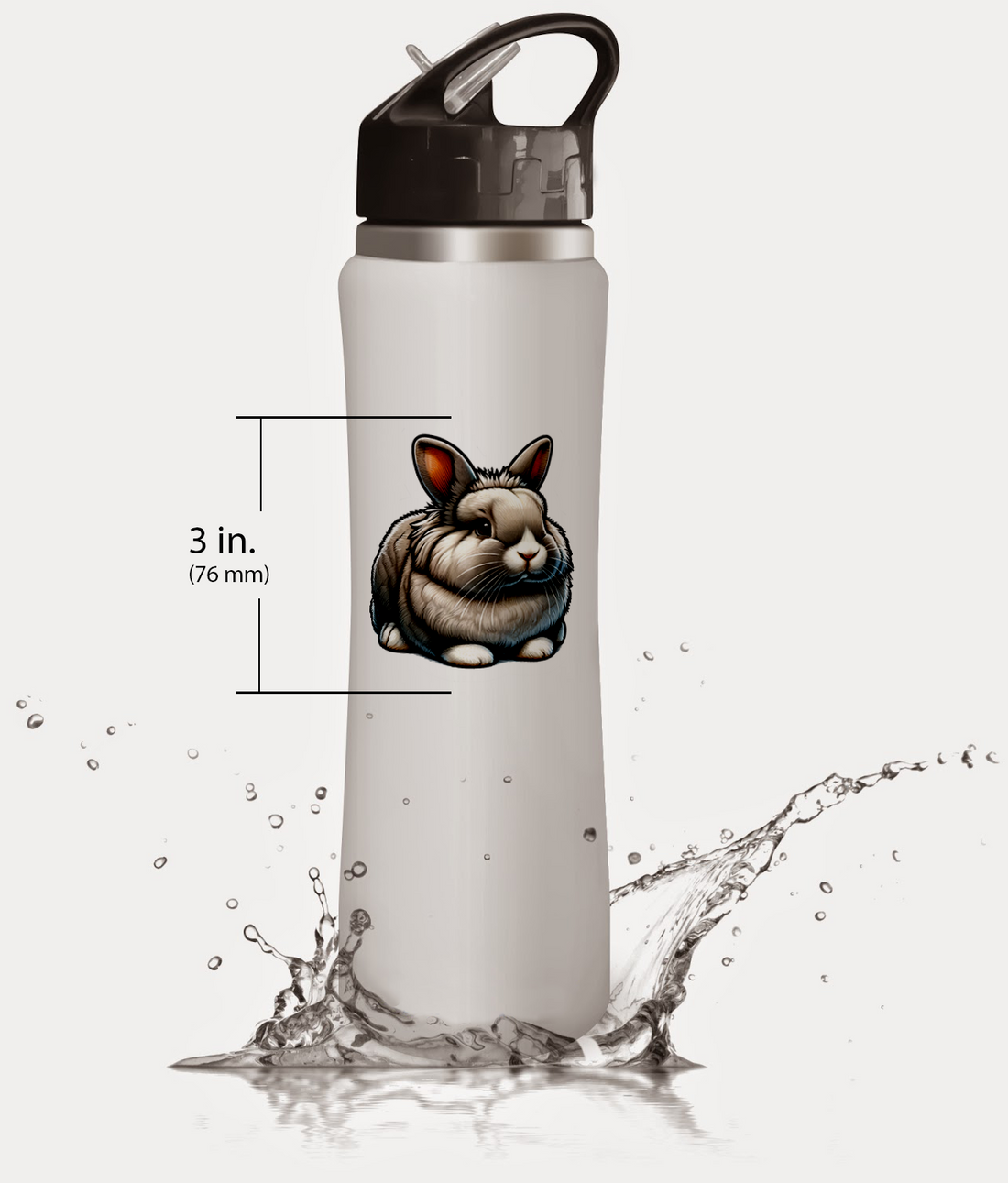

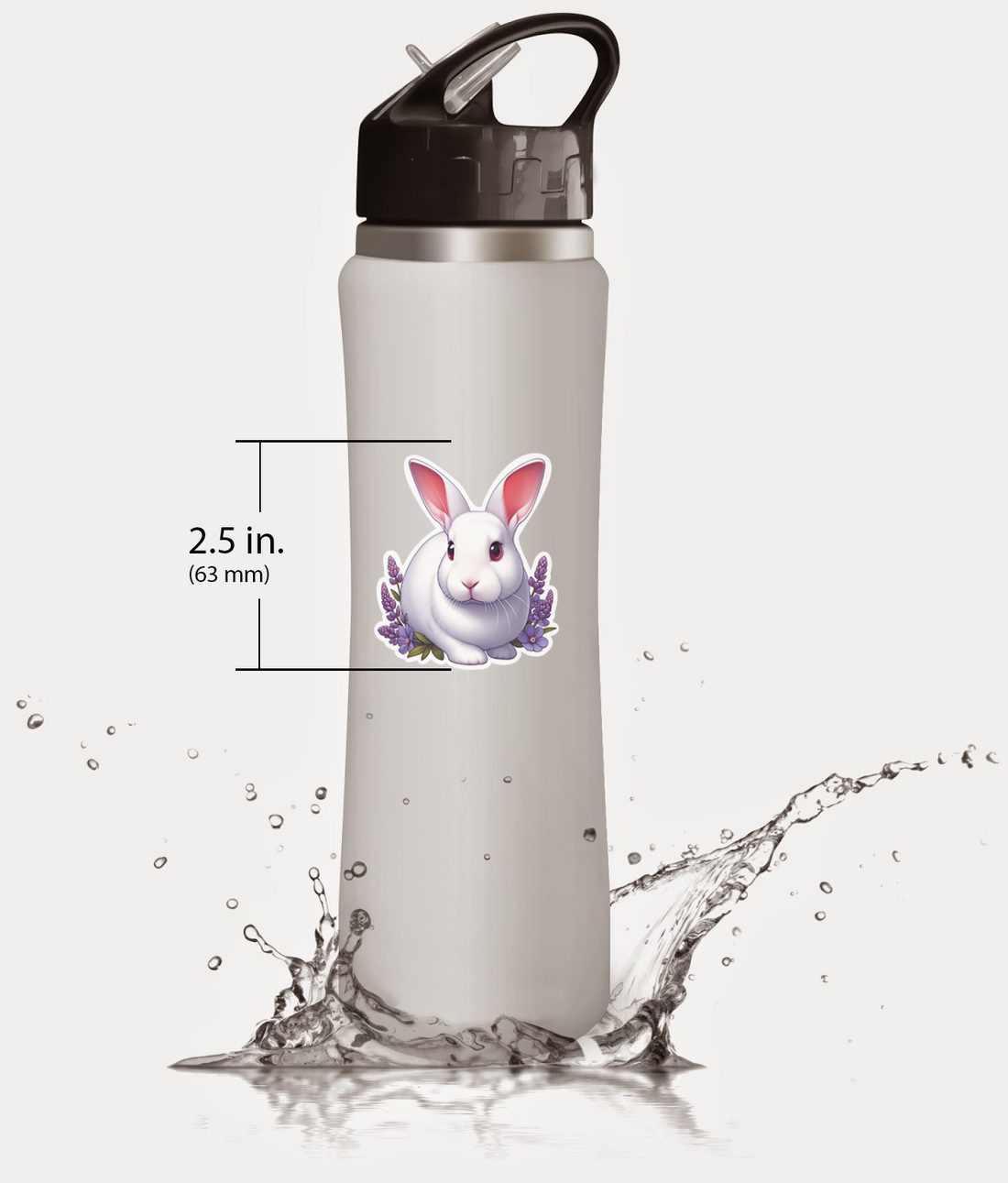
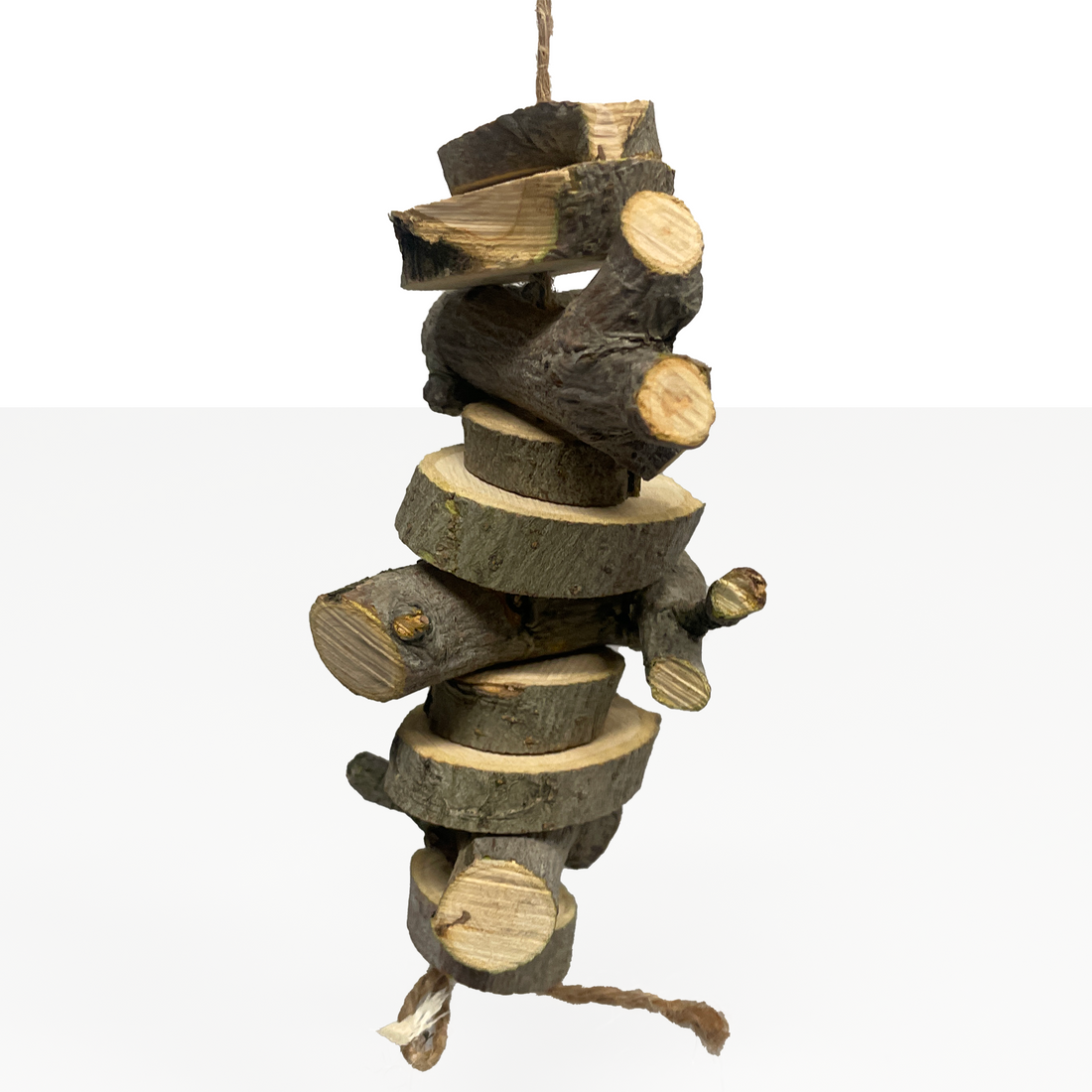


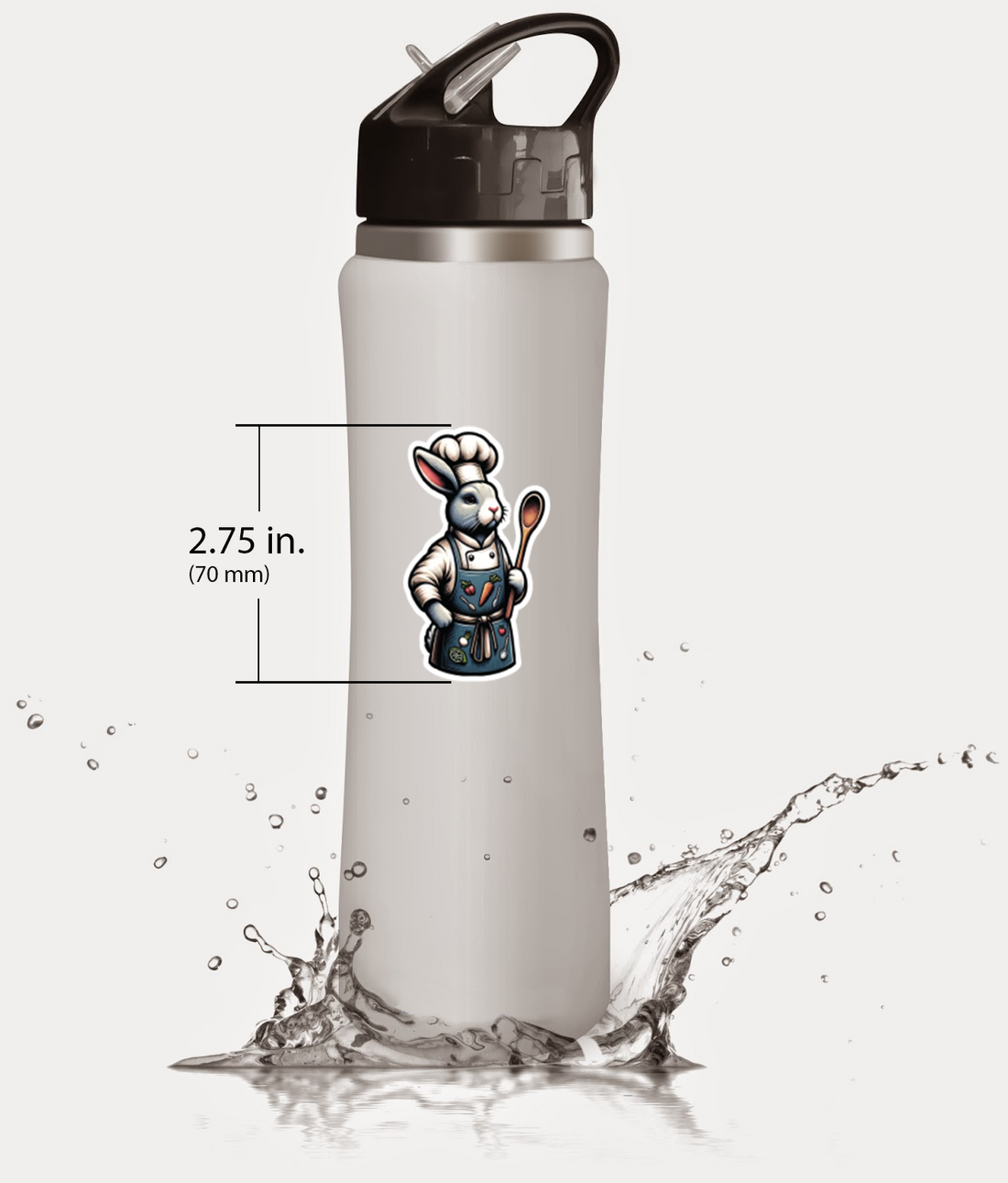
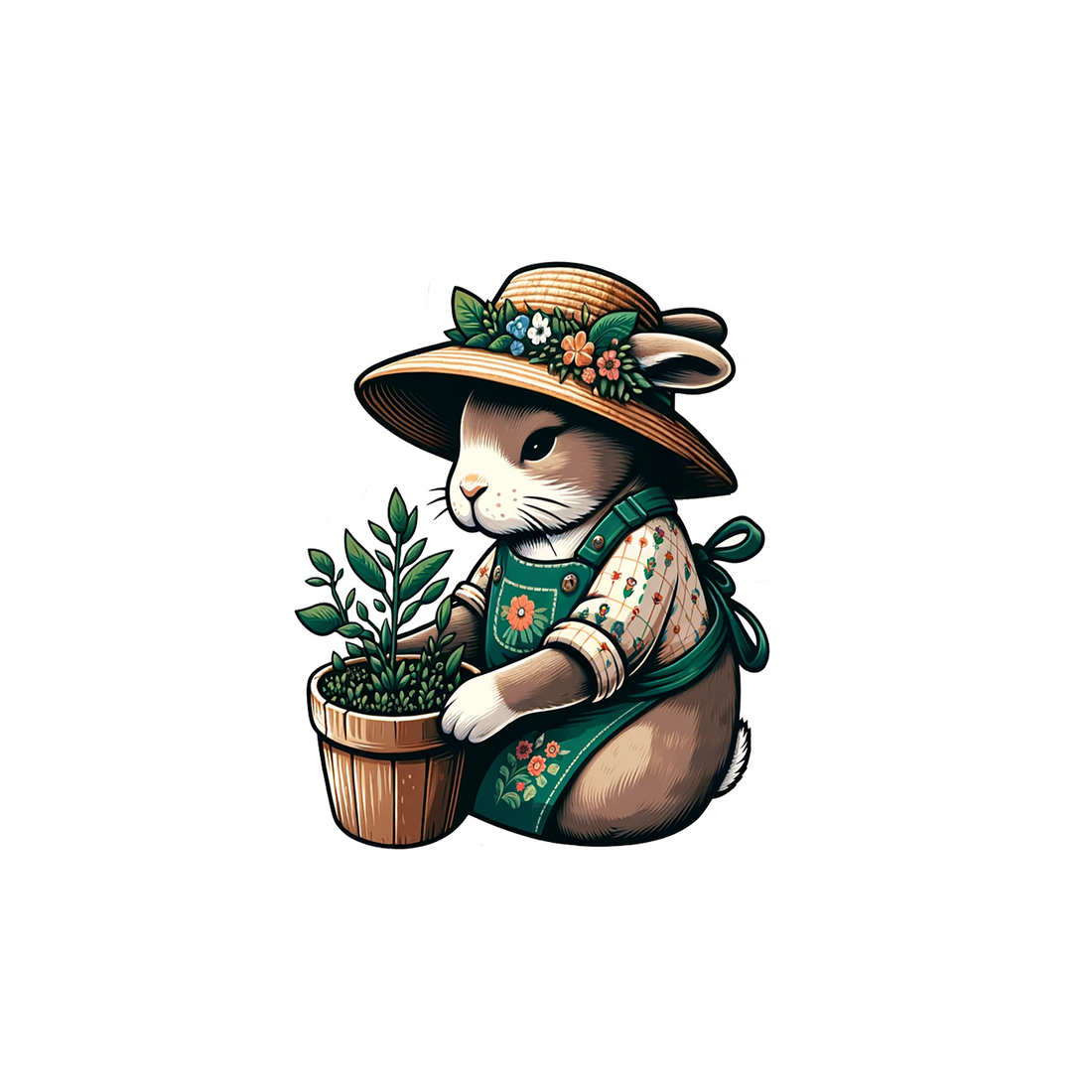
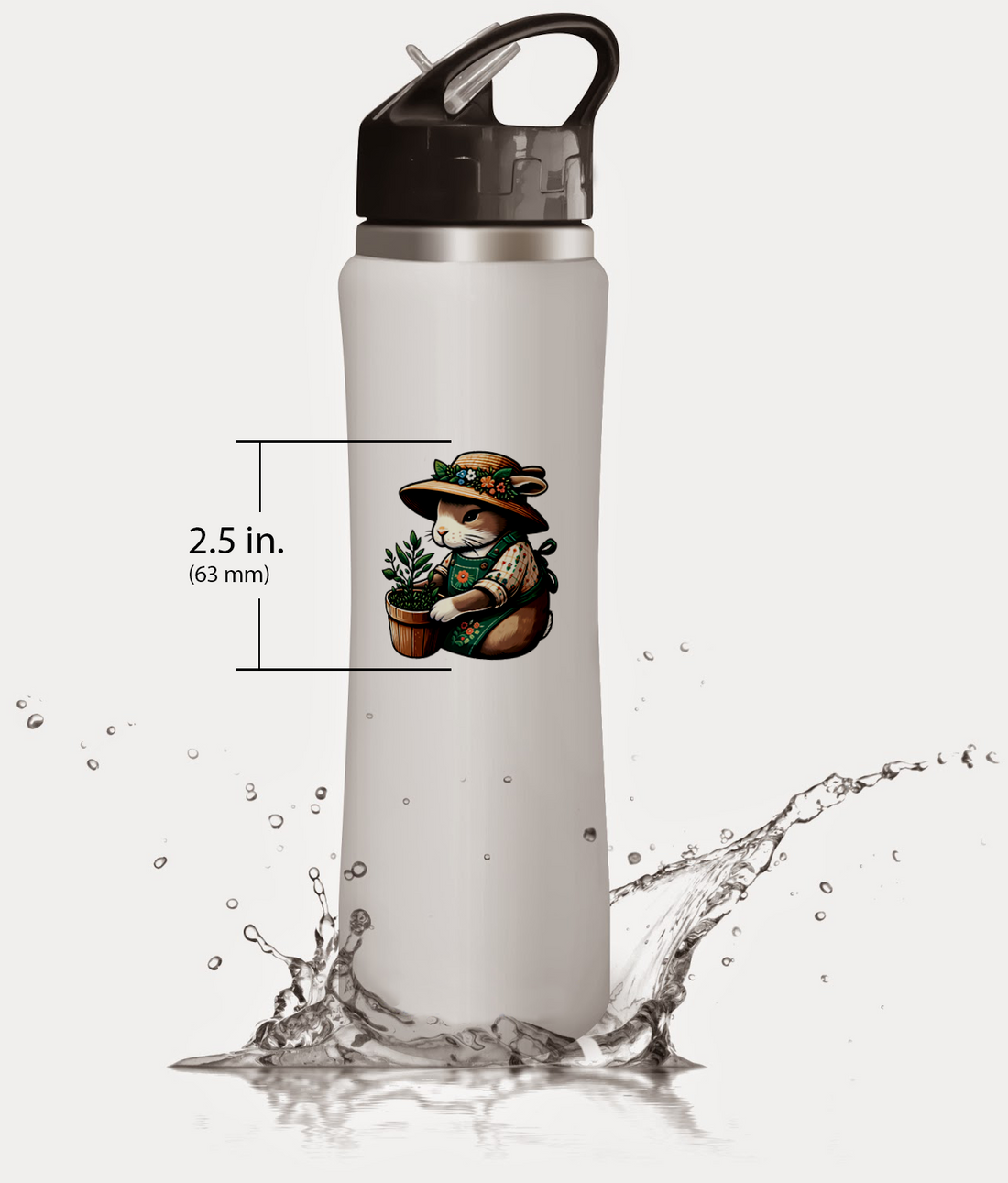
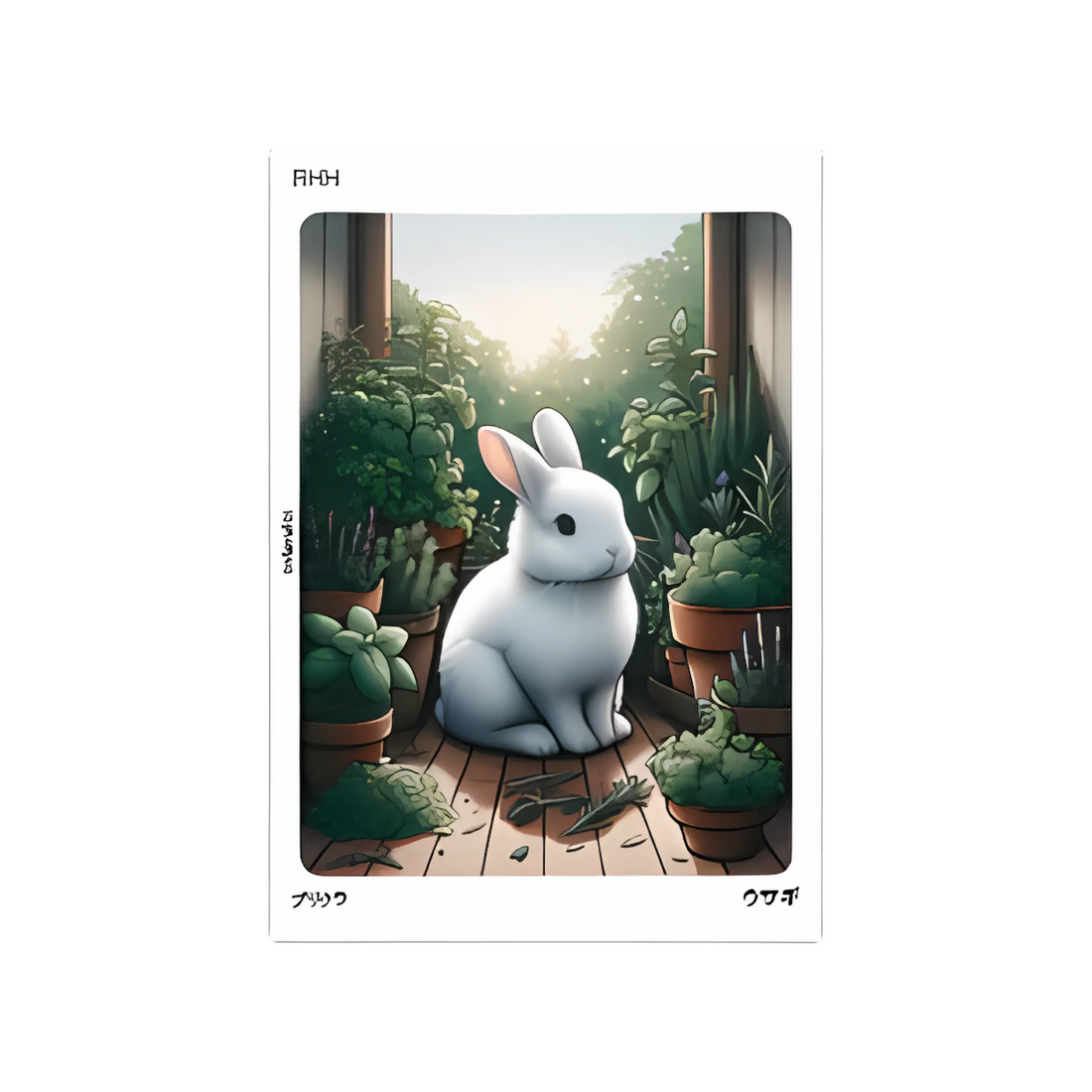


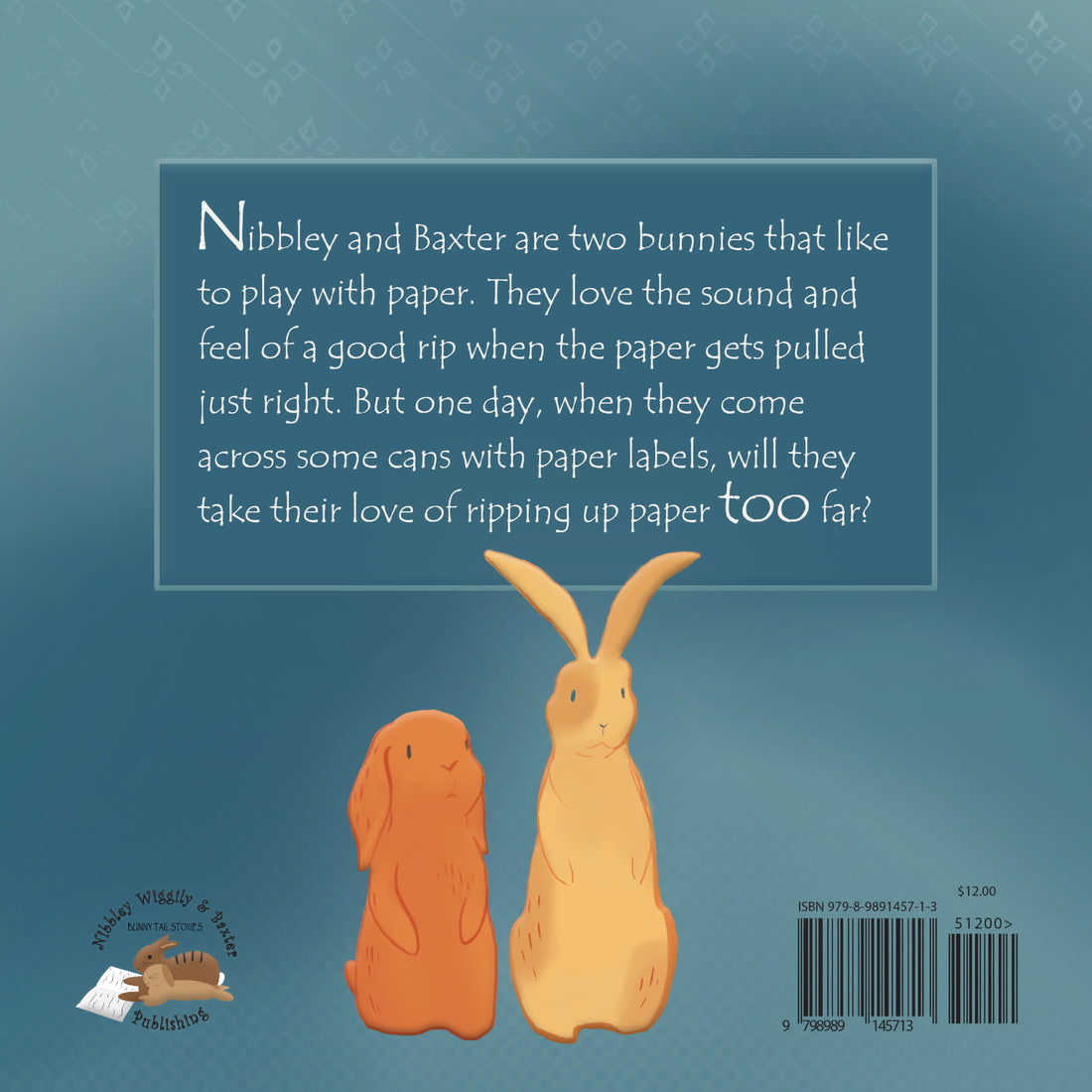
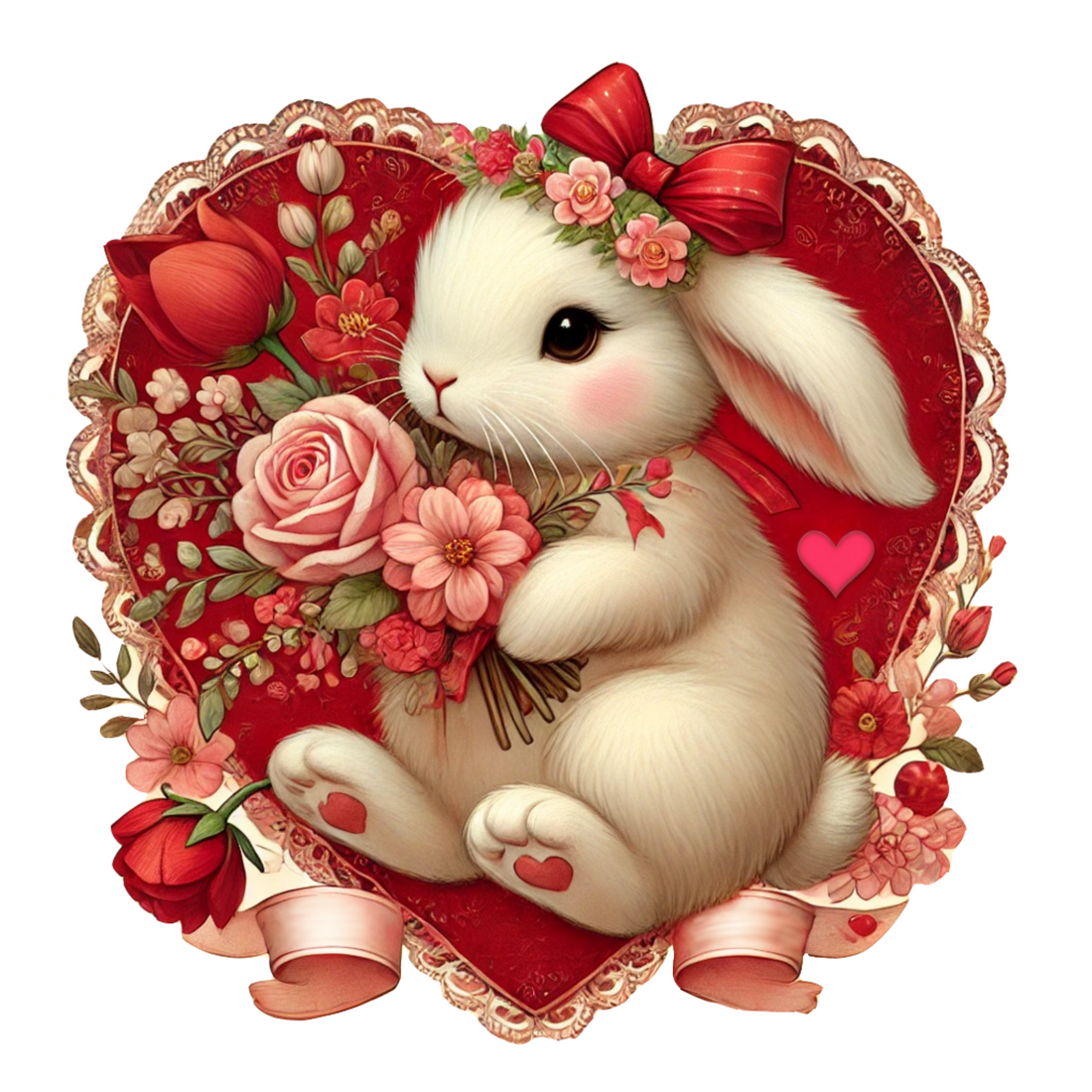



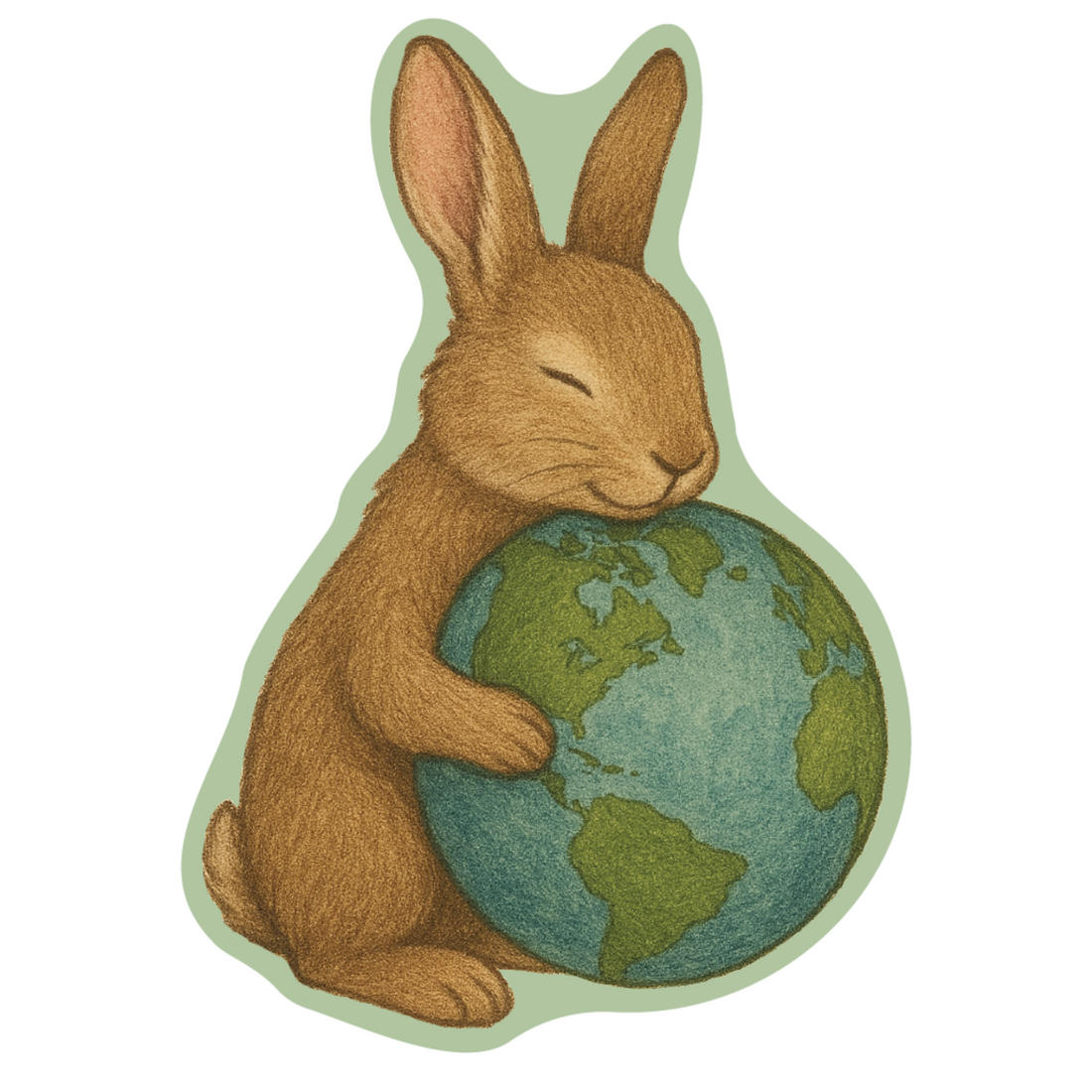




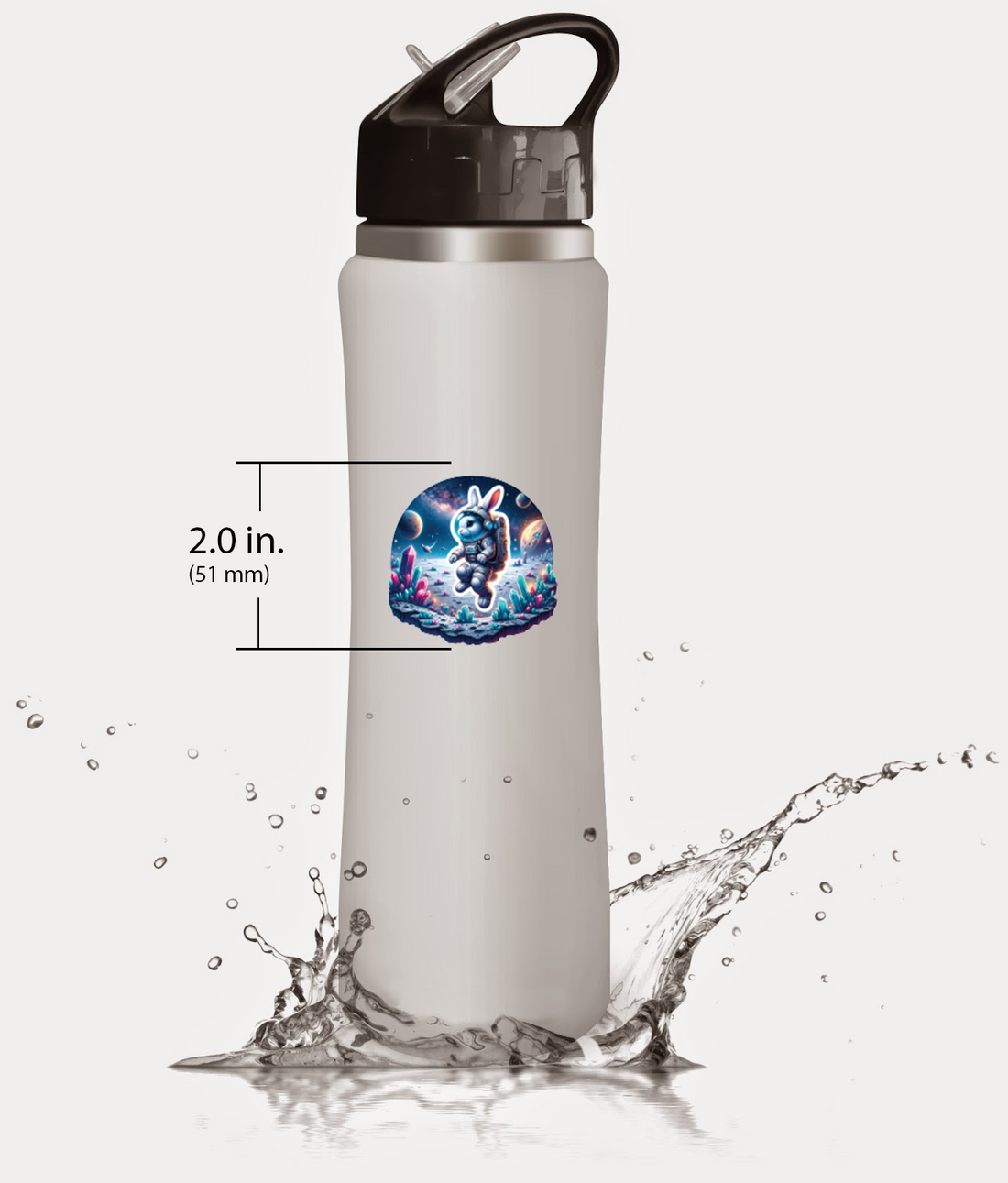


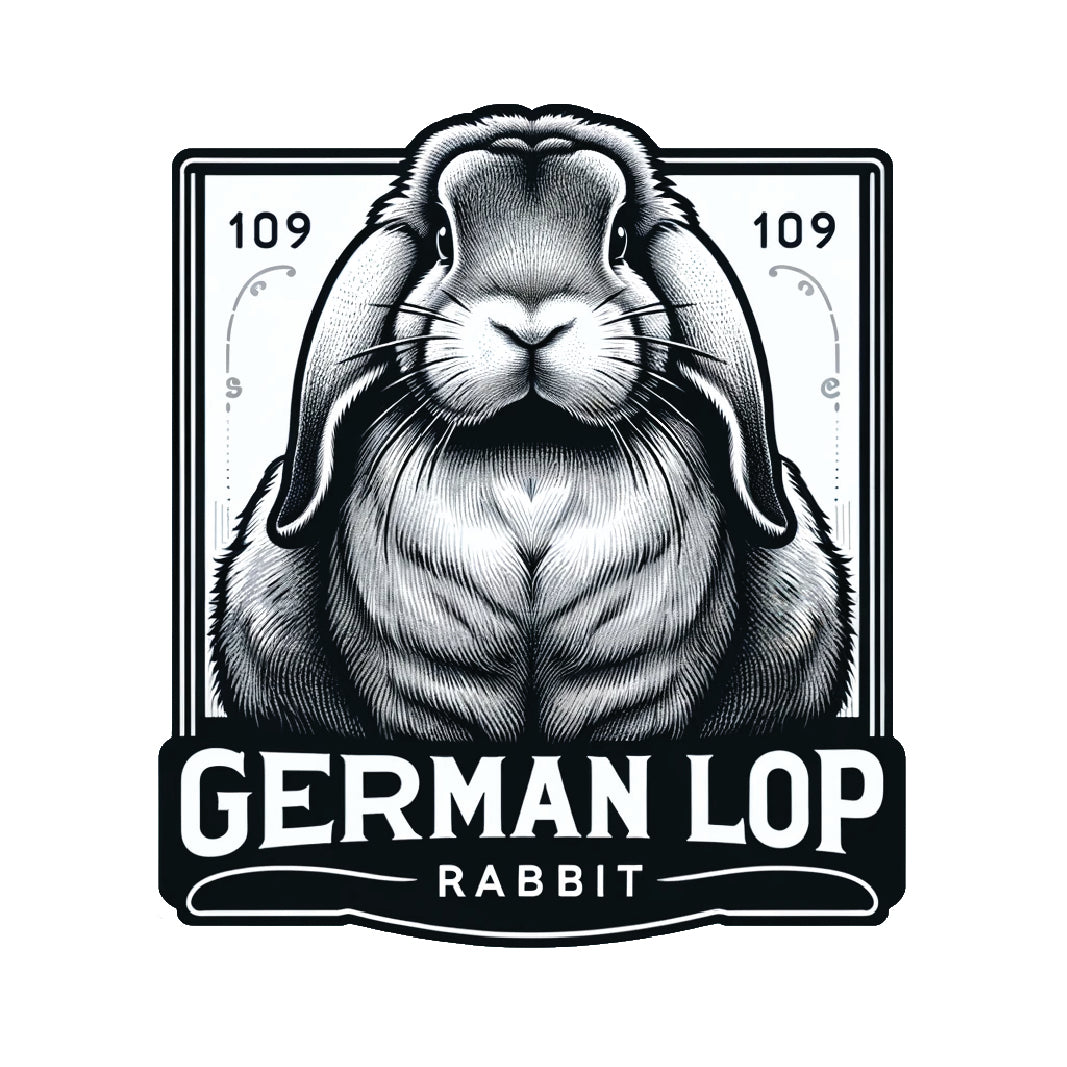


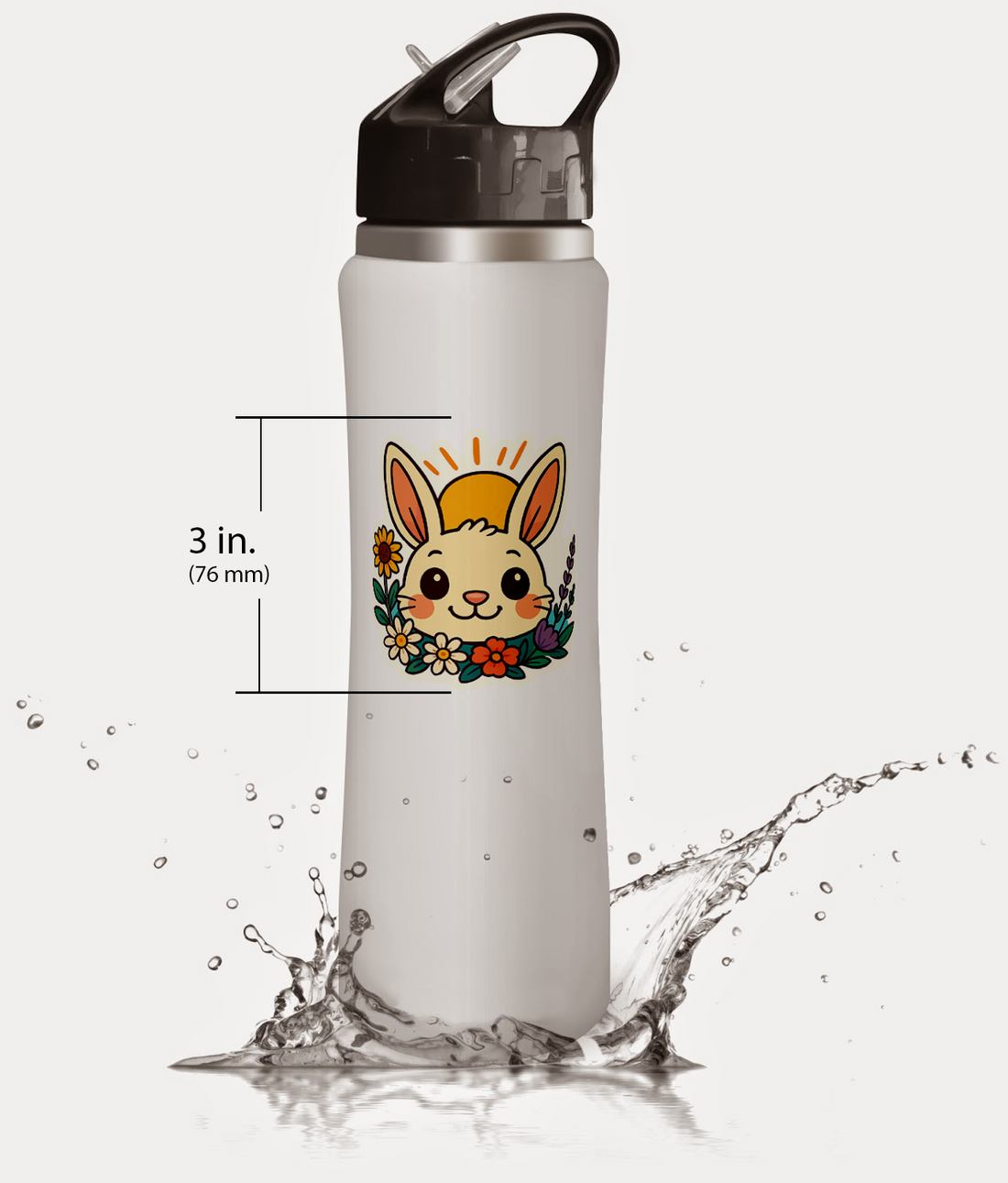
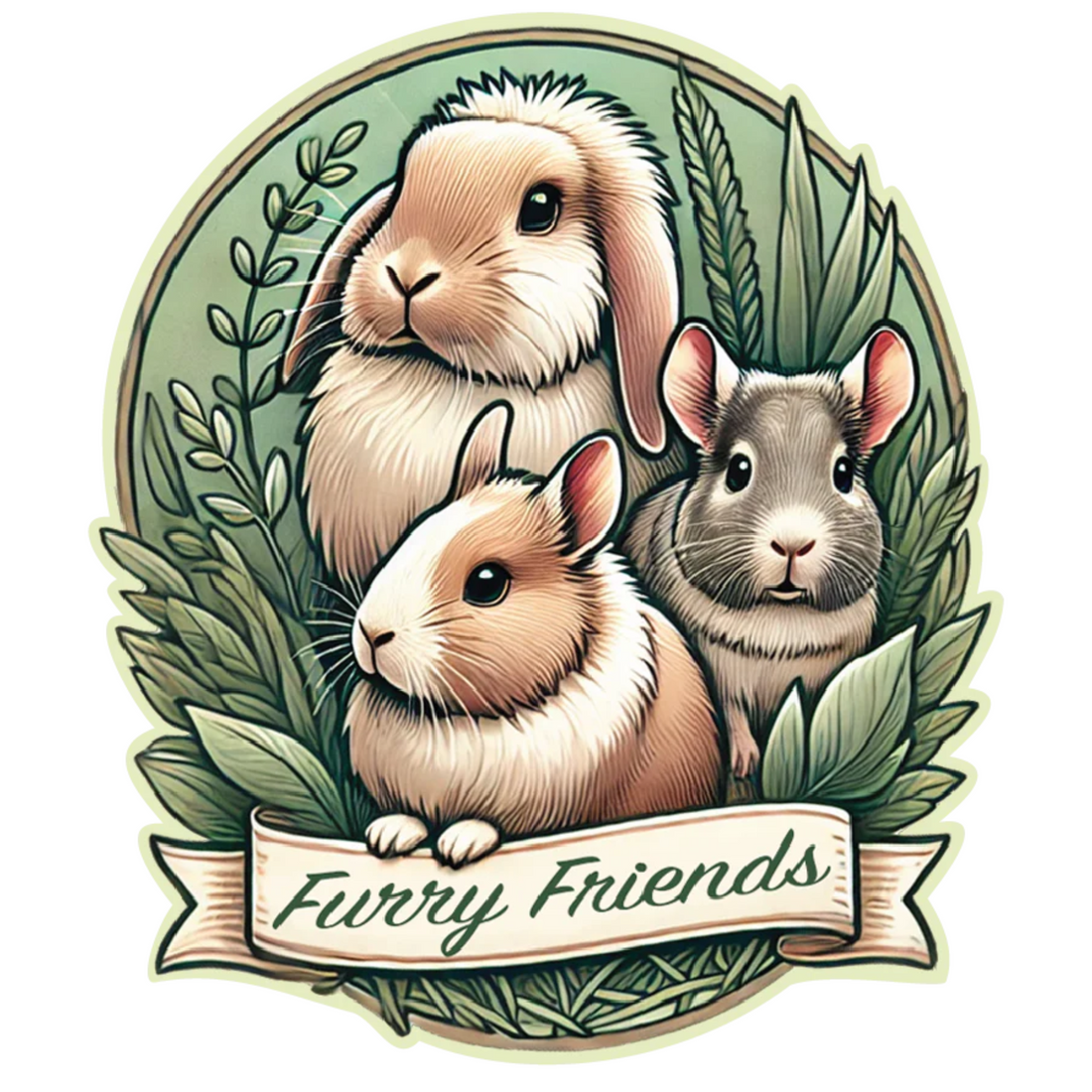
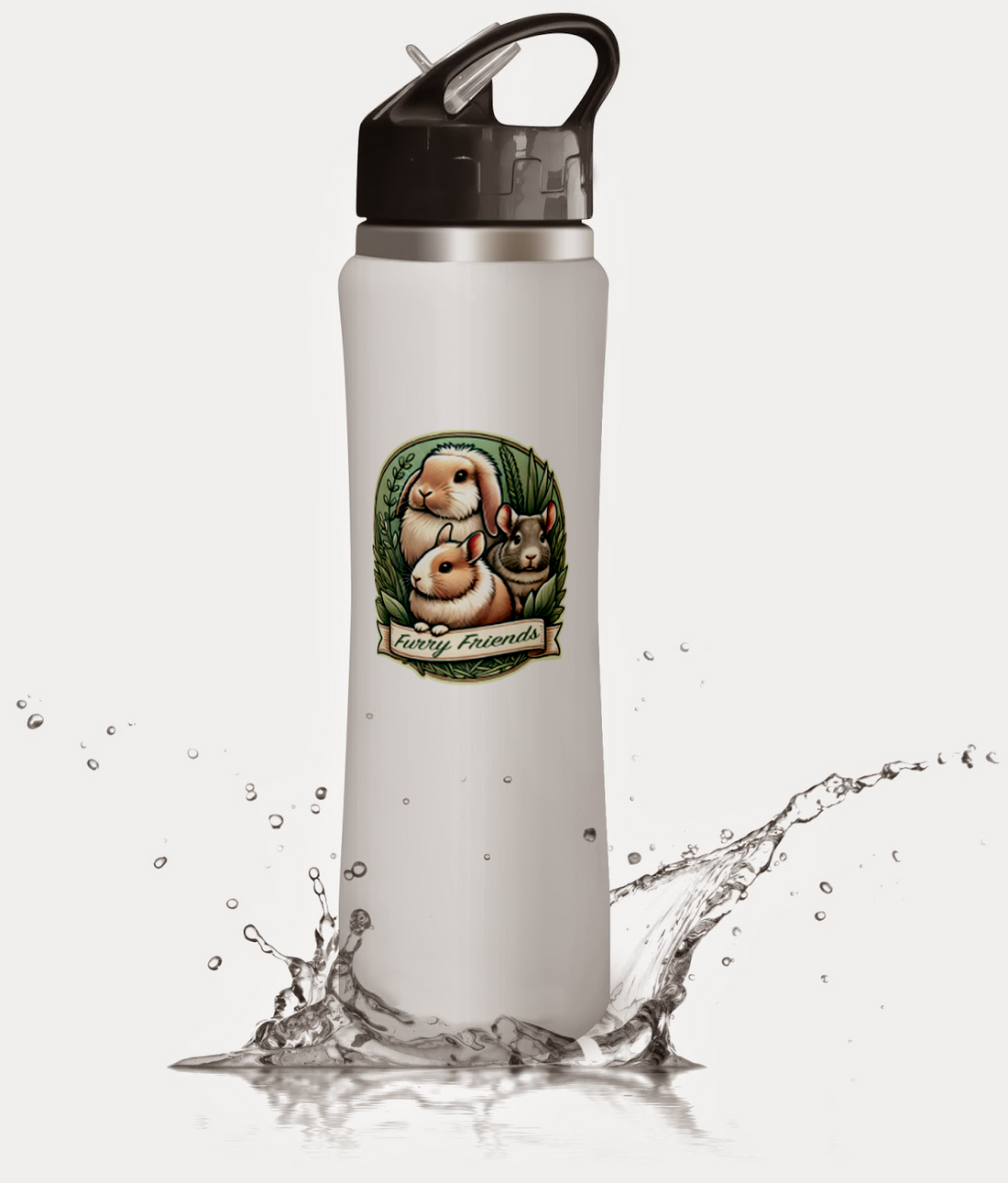
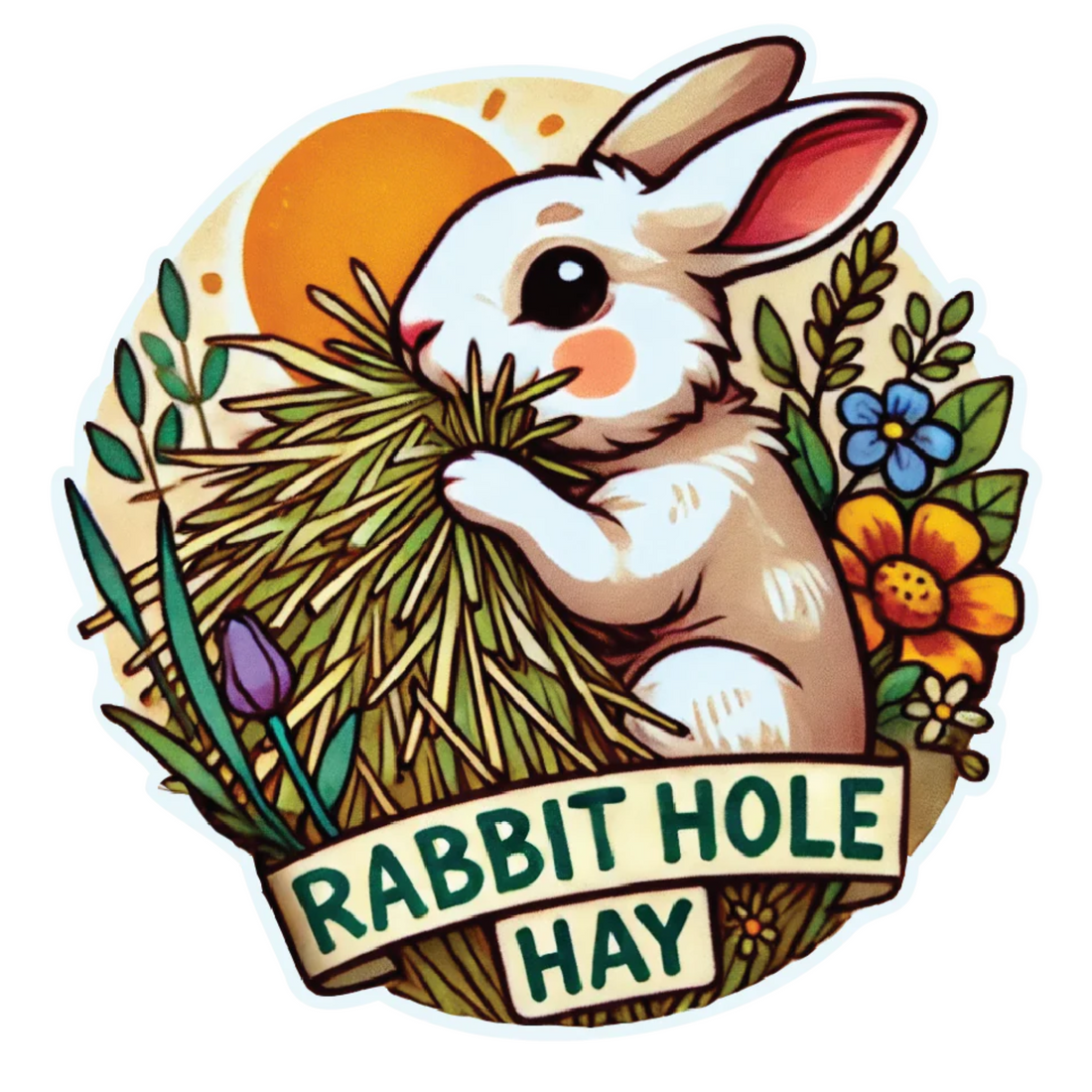
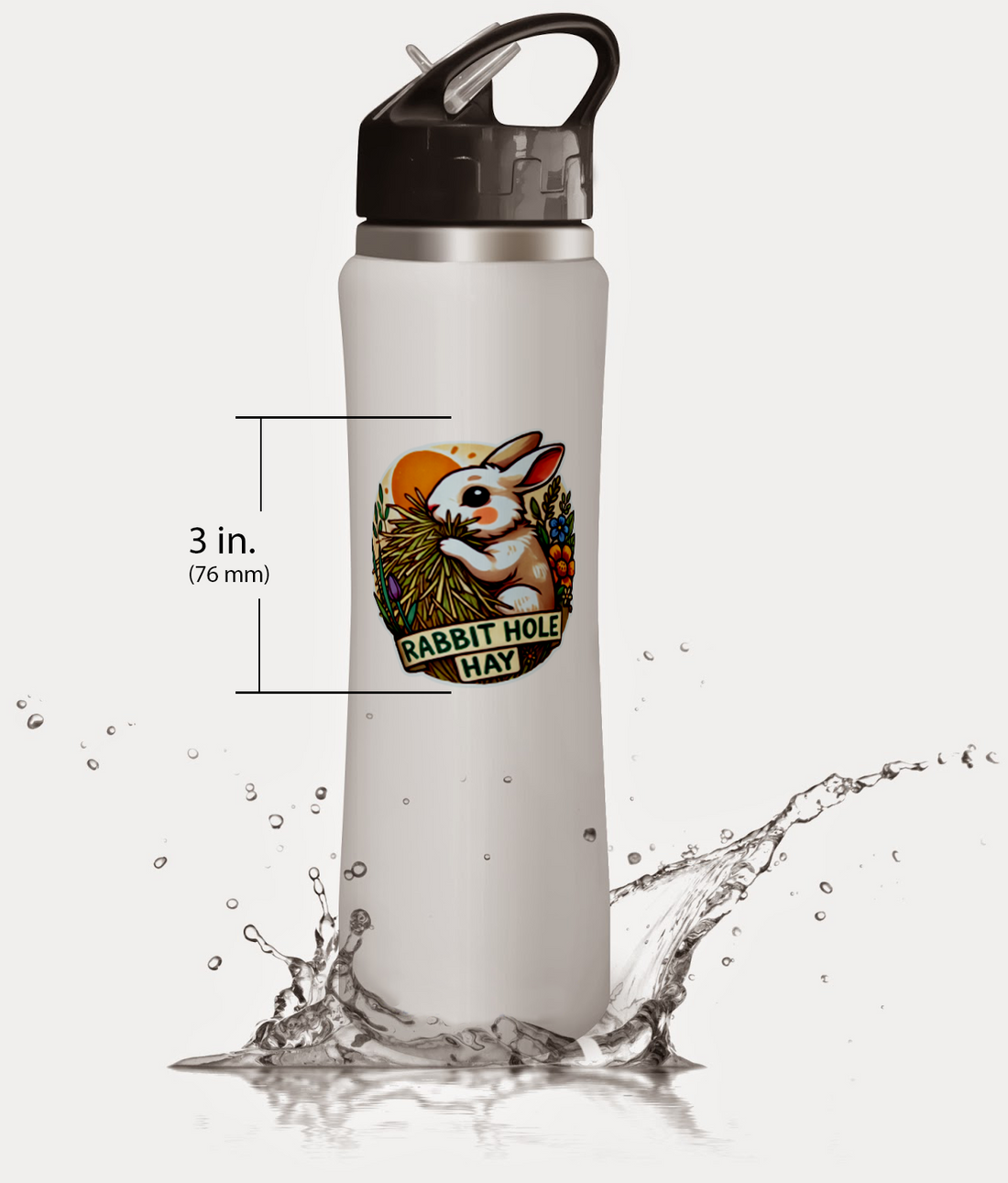
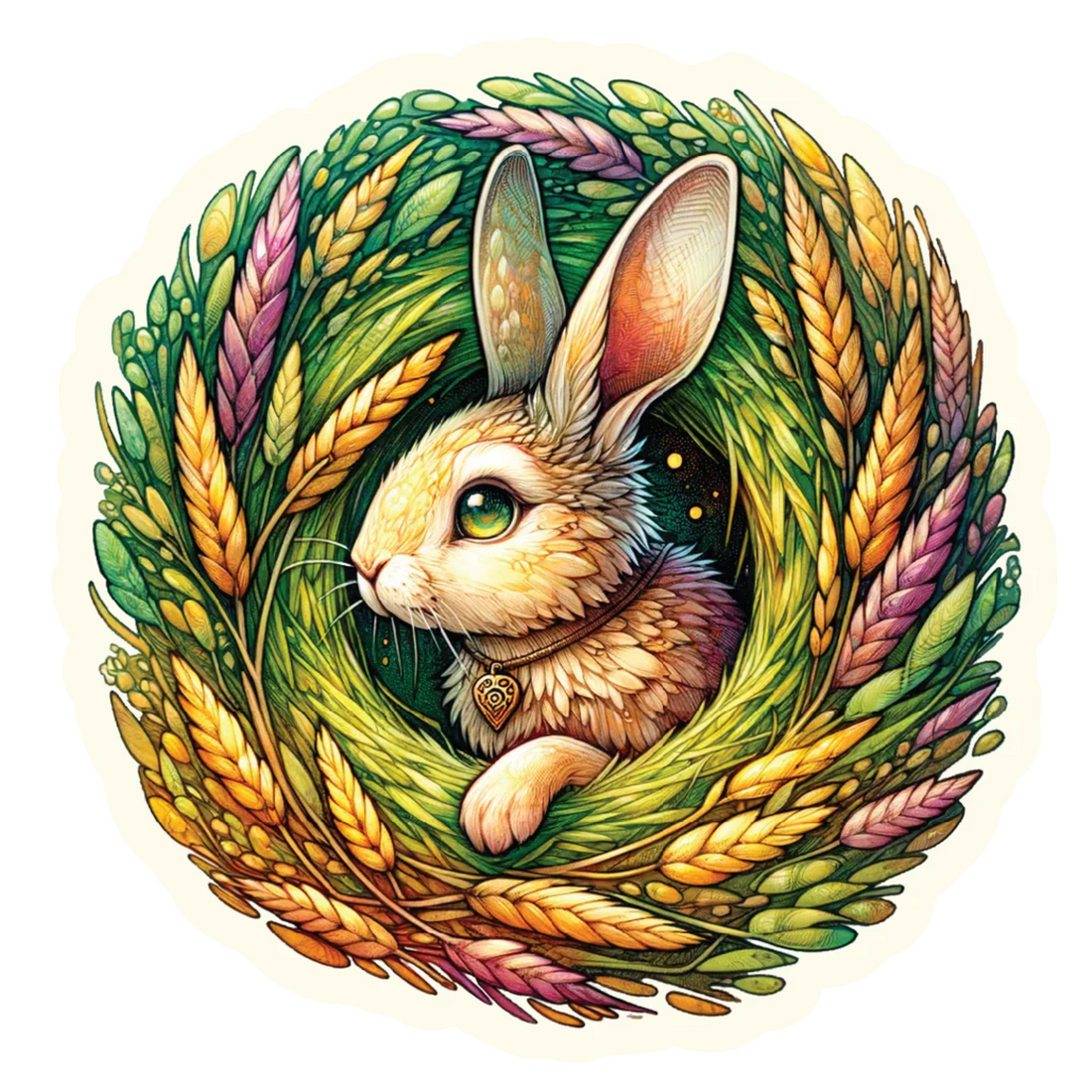

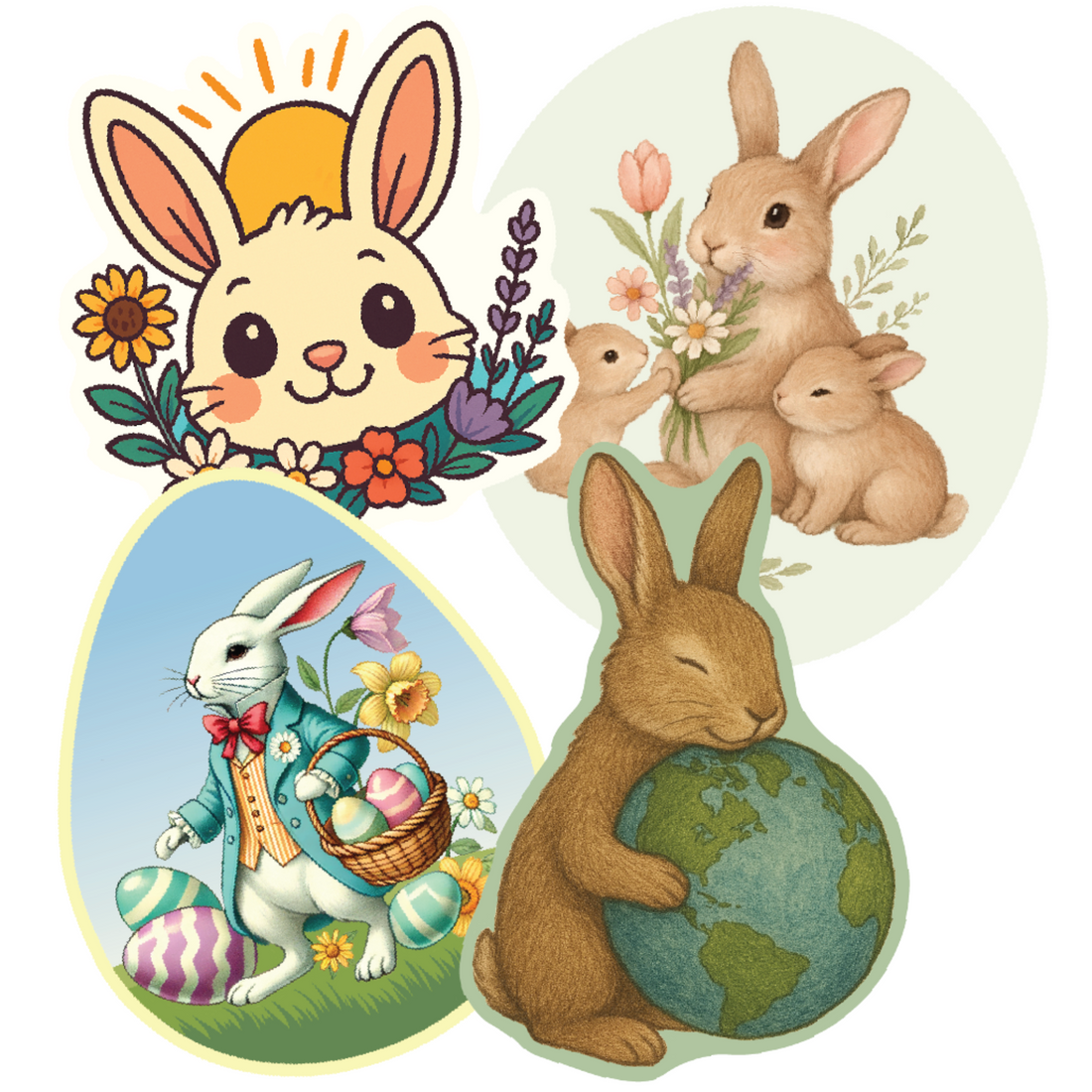







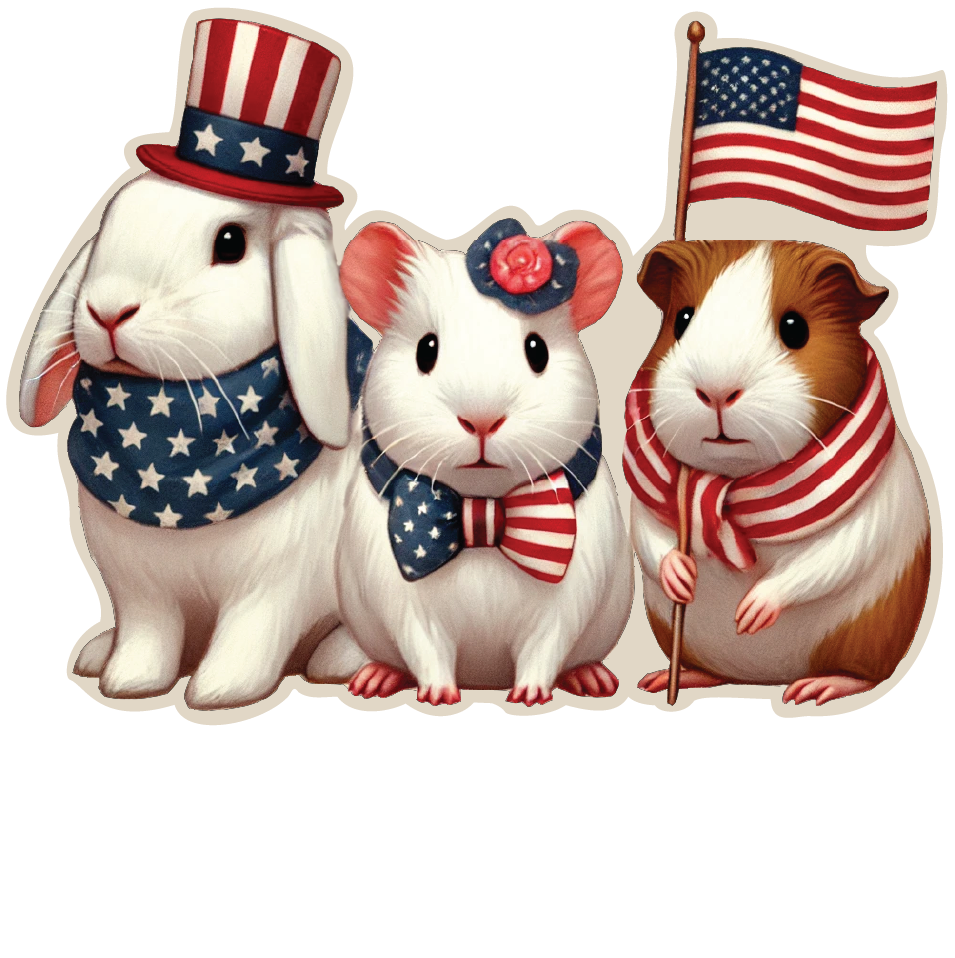



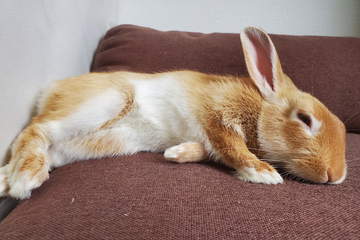
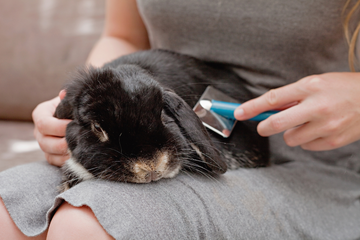


Comments